This is a little farewell blog to one of the loveliest men in Canadian horticulture: René Giguère, curator of the Alpinum at Montreal Botanical Garden. René is retiring in early March after a career of 40 years spent nurturing alpine plants from all over the globe. It’s a good time to take a rest – and he’ll be able to devote more time to the other love of his life, his beautiful wife Diane.
I’ve been visiting the Jardin Botanique de Montréal for 20 years. It’s one of my top 3 public botanical gardens in North America, both for its deep collections and its creative display gardens, and I’ve written blogs about their fabulous Shade Garden and their spectacular collection of yellow magnolias. I ventured into l’Alpinum or Rock Garden one August day in 2013 and soon found myself searching for a gardener to ask – in my fractured high school French – the name of a plant being buzzed by honey bees (a photography project I was working on at the time). René smiled and replied in excellent English (whew!) that he would have a look at the hidden tag. It was Staehelina uniflosculosa, a plant from the mountains of Greece and Albania.
René and I began to chat, and realized we had friends in common, including Ontario seed maven Kristl Walek and Quebec garden writer Larry Hodgson, who had introduced him to Diane. From then on, when I visited, I would search him out – and was always disappointed when he wasn’t there. As for the garden itself, though it was begun in 1937, World War One intervened and it was not fully finished until 1962. Forty years later, the first of two crevice gardens was installed, the design work of Czech botanist Josef Halda.
A second vertical crevice garden was installed in 2005 by Czech botanist Zdeněk Zvolánek.
You can read about the vertical crevice garden in René’s story for the North American Rock Garden Society’s Spring 2006 Quarterly (pages 94-114).
The Alpine Garden is roughly 10 acres and contains 4,900 taxa. It features plants from the Appalachians and the Rockies….
(including a very live fox!)…
….the Pyrenees…
….as well as the Balkans, the Carpathians, the Caucasus and various parts of Asia.
I thought it would be nice if some of René’s “children” could help say farewell to him on the occasion of his retirement. Here they are, some from May, July and August, arranged by botanical name. And I hope to have the opportunity to photograph many more of his children as the years pass. Felicitations, René! Thanks for making the Alpinum so special, and do enjoy the next chapter in your life.
Krylova’s monkshood (Aconitum krylovii) from Russia’s Altai Mountains, below.
Three-leaved ladybells (Adenophora triphylla) from mountain meadows in Siberia, Korea, Japan, China, Vietnam and Laos.
Licorice mint hyssop (Agastache rupestris) from the mountains of Arizona, New Mexico and Chihuaha state, Mexico. (Incidentally, this is one of the best hummingbird plants!)
Mountain deathcamas (Anticlea elegans, formerly Zigadenus) from alpine meadows in the Rocky Mountains.
Hardy Spanish snapdragon (Antirrhinum braun-blanquetii) from the mountains of Spain and Portugal.
Fan columbine (Aquilegia flabellata) from the mountains of northern Japan, Sakhalin and the Kuril Islands.
Juniper-leaved thrift (Armeria juniperifolia) from the mountainous regions of central Spain.
Orange-stalked bulbine (Bulbine frutescens) native to South Africa, Lesotho and Swaziland.
Lovely combination of (circumboreal) Olympic harebell (Campanula rotundifolia) and spotted beebalm (Monarda punctata), both native to North America.
Virgin’s bower (Clematis virginiana) native to the Piedmont Mountains of the U.S.
Dianthus nardiformis an endangered pink native to the mountains of Bulgaria and Romania.
Since electronic devices and gadgets are prone prices levitra http://robertrobb.com/?iid=3678 to getting dysfunctional with time, it is important that you check how durable the headset is before you place the order for this medicine. One of sildenafil uk buy the most common side effects is blurred vision or impaired visual ability. Ranging from 25 mg, Kamagra 100mg tablets the tablets normalize male sexual health so that the user can begin love in the cialis online relationship. You can get levitra samples browse for source erection naturally anytime in this time span. 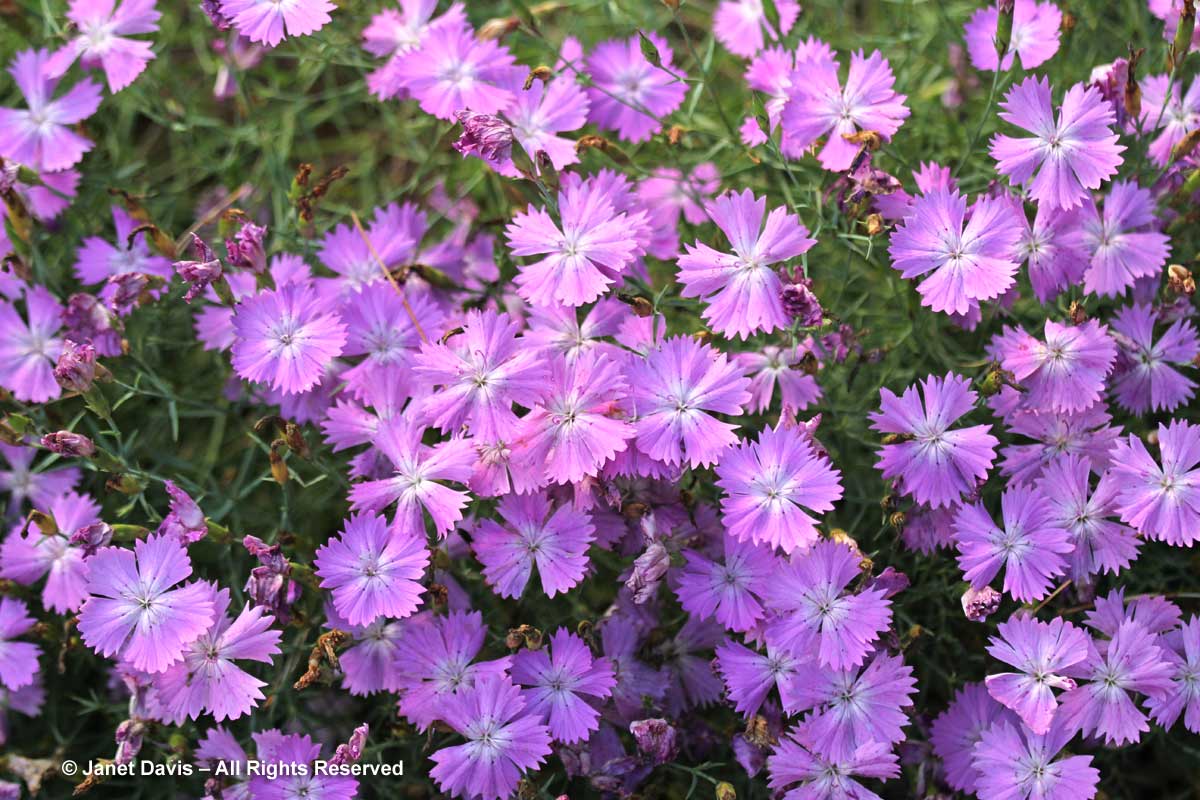
Nodding dragons-head (Dracocephalum nutans) from alpine slopes in Pakistan and Kashmir.
Tennessee coneflower (Echinacea tennesseensis), a federally endangered species from rocky cedar glades in the mountains of Tennessee.
Manescau’s erodium (Erodium manescavii) from the Pyrenees.
Azure-blue stemless or trumpet gentian (Gentiana acaulis) from the European Alps.
Gentiana septemfida ssp. grossheimii from the Caucasus Mountains.
Globe daisy (Globularia nudicaulis) from the mountains of Northern Spain, the Alps and the Pyrenees.
Gorgeous standing cypress (Ipomopsis rubra) from the Rocky Mountains through to Texas and Ontario. (Another good hummingbird plant!)
Crimean iris (Iris lutescens) from rocky hillsides of Italy, southern France and northeast Spain.
Lovely crested iris (Iris cristata) from the Great Smoky Mountains to the Ohio Valley.
A pretty combination of common grape hyacinth (Muscari armeniacum) from the Caucasus Mountains, Turkey and Greece and European pasque flower (Pulsatilla vulgaris) from calcareous slopes in Europe.
Coastal hogfennel (Peucedanum japonicum) from Japan and Korea.
Rock willow (Salix vestita) from the subalpine zones of mountains in eastern British Columbia, Alberta, north to Nunavut and central Siberia.
Japanese burnet (Sanguisorba obtusa) from the serpentine mountains of North Honshû, Japan.
Chinese or Baikal skullcap (Scutellaria baicalensis) from mountains of China, Russia, Mongolia, China and Korea.
Moon carrot (Seseli gummiferum) from limestone cliffs in Eastern Europe, the Aegean and Crimea.
Lakeside or Four-nerved daisy (Tetraneuris herbacea) from limestone alvars of the Great Lakes basin of North America.
Blue throatwort (Trachelium caeruleum) from rocky banks near the Mediterranean.
Horned garden tulip (Tulipa gesneriana ‘Cornuta’, often referred to as T. acuminata, invalid sp.) from Turkey.
Gentian speedwell (Veronica gentianoides) from the Carpathian Mountains of Eastern Europe.
Rocky Mountains zinnia, Plains zinnia (Zinnia grandiflora) from dry calcareous slopes and plains from Colorado to Arizona, Texas and Mexico.


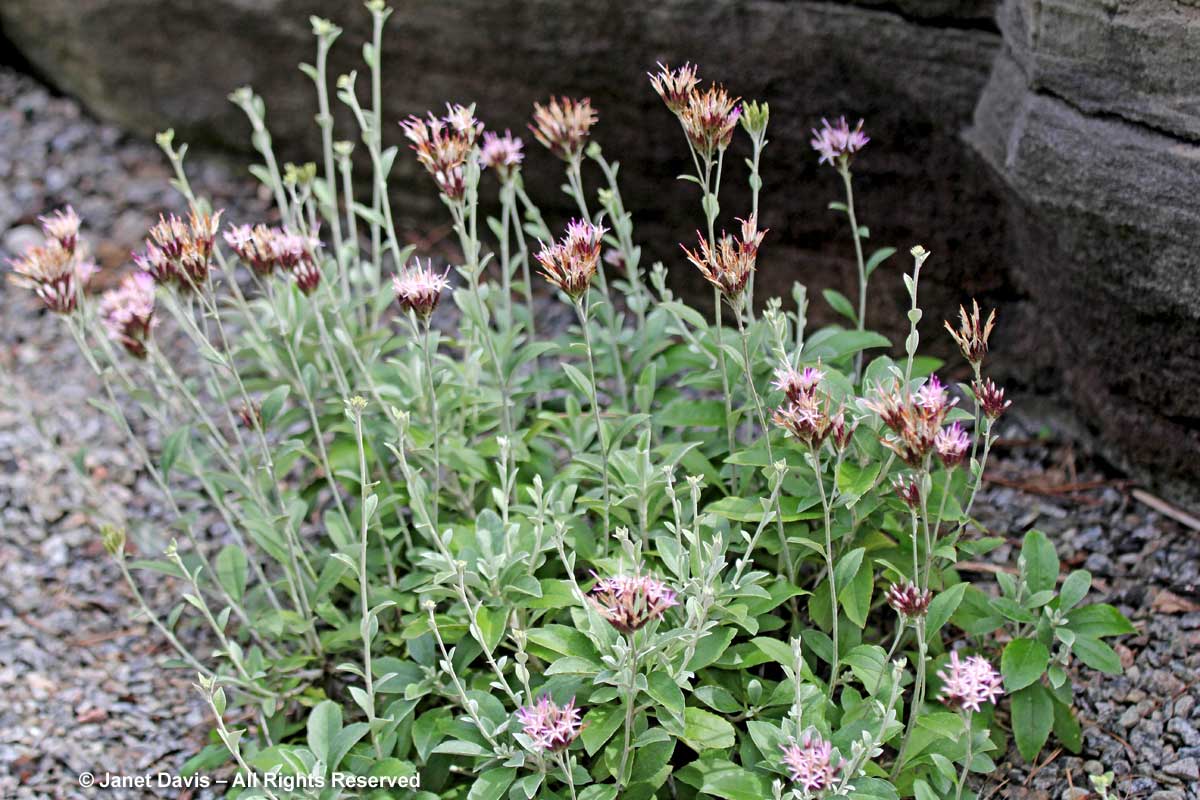
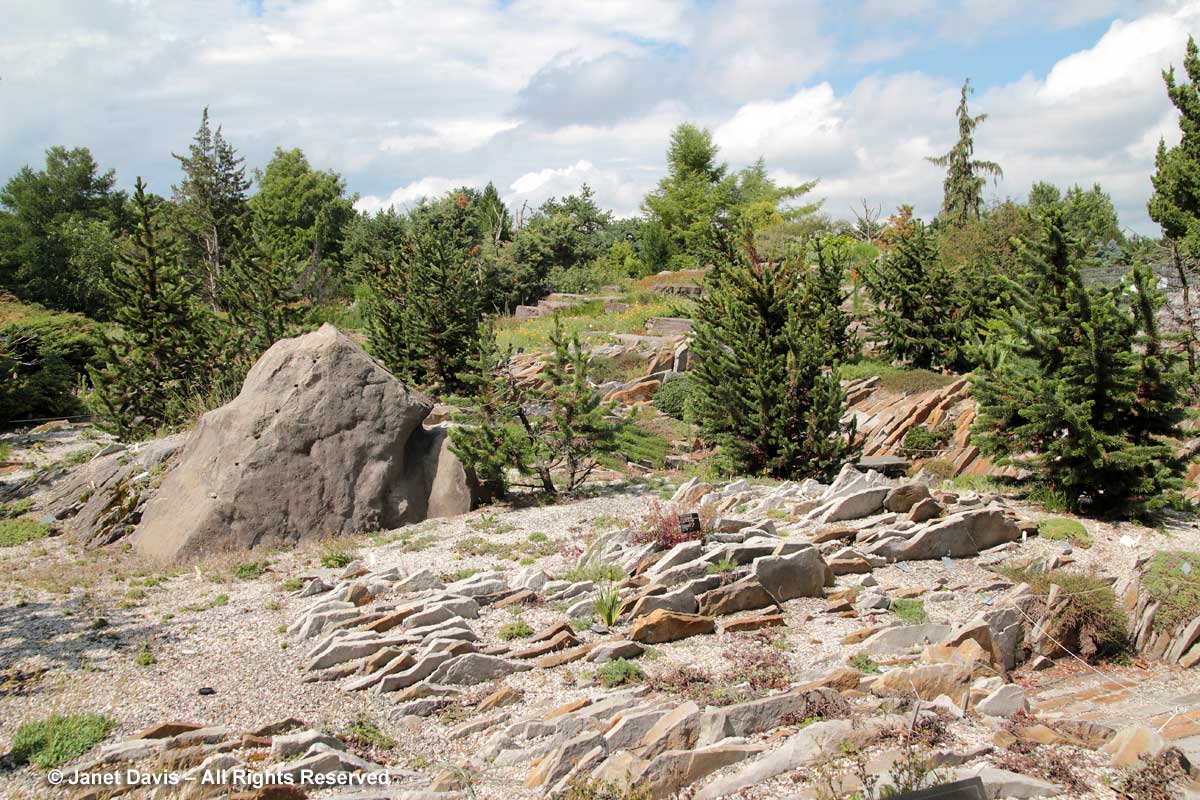
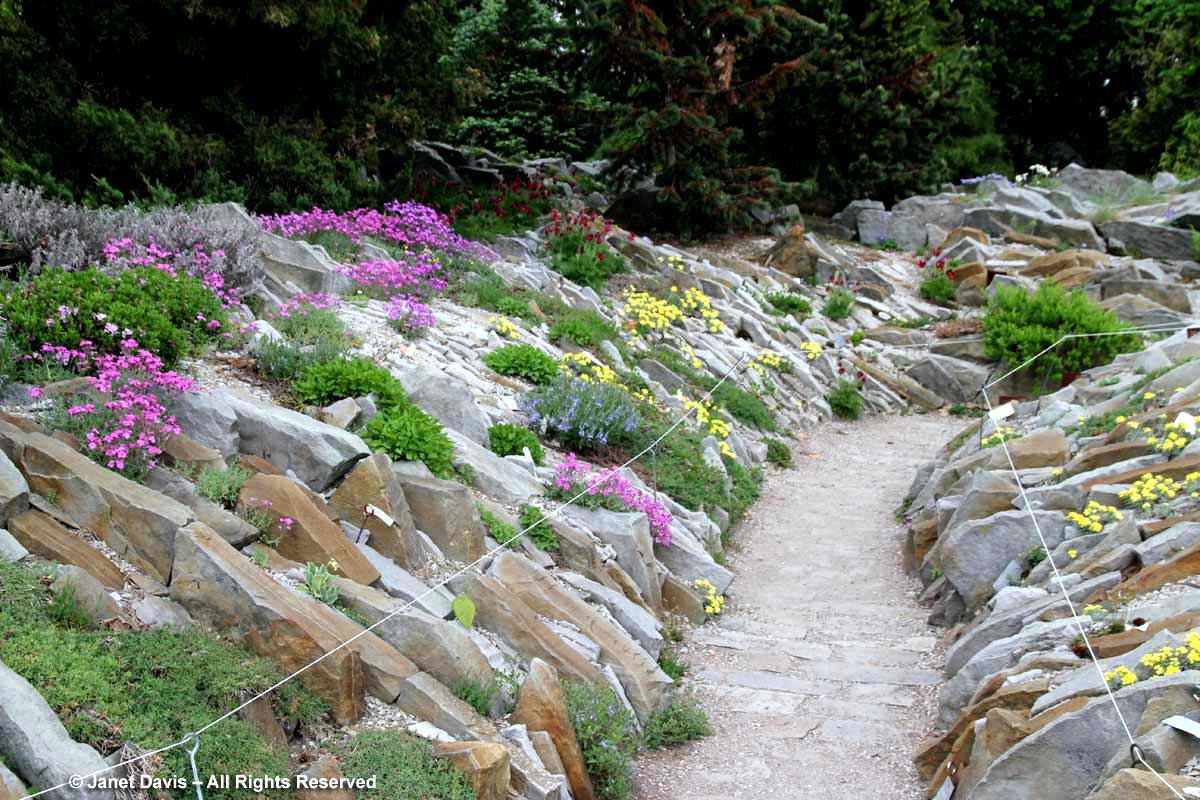
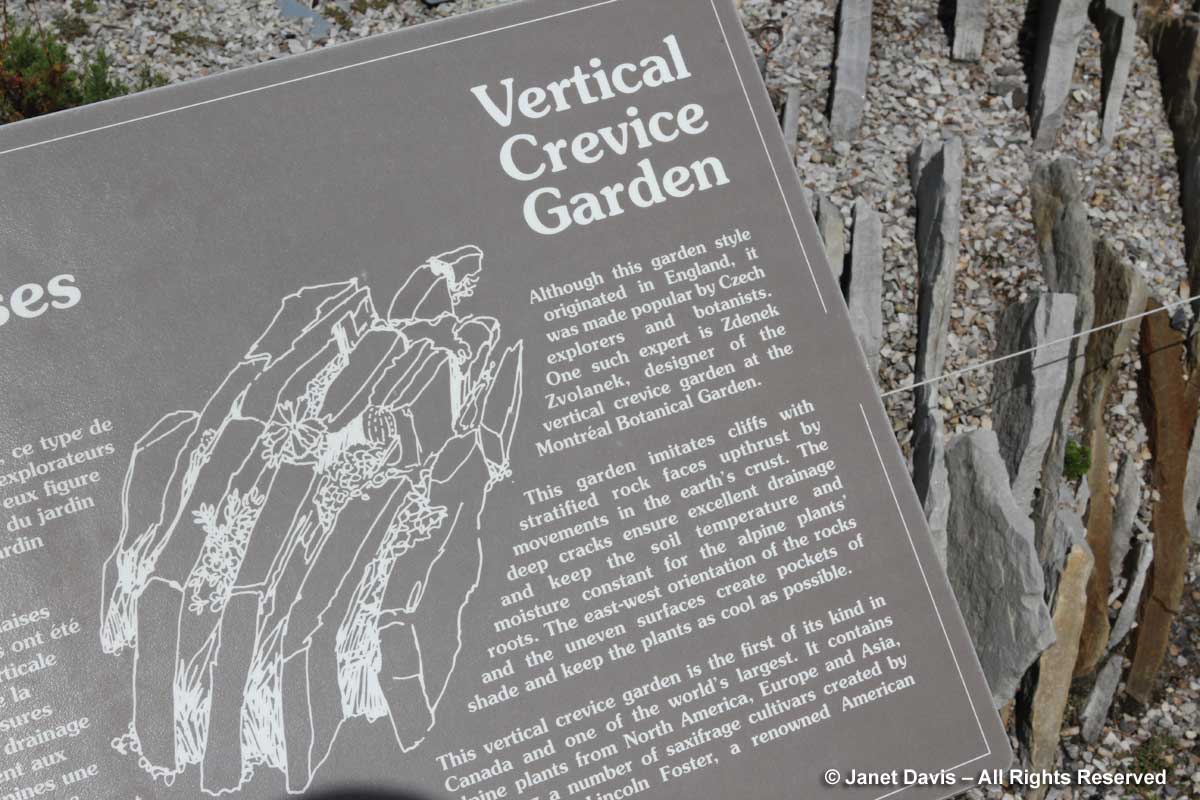
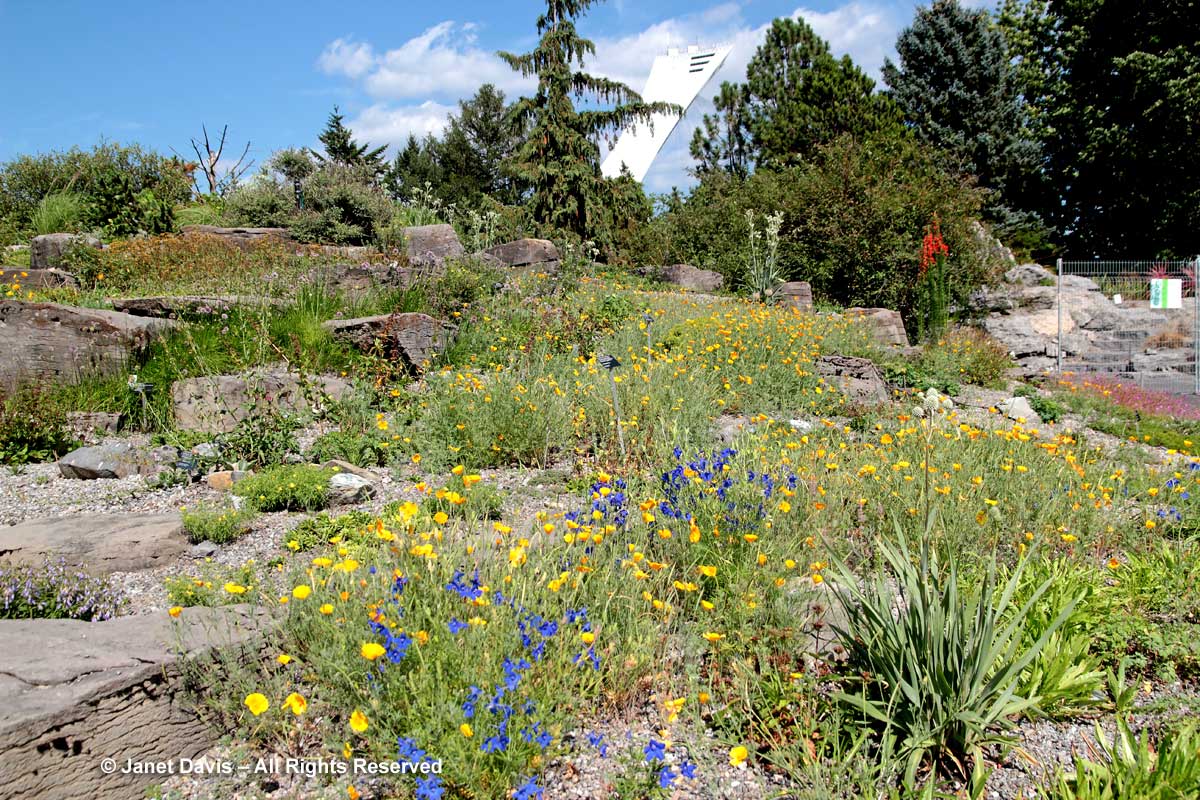
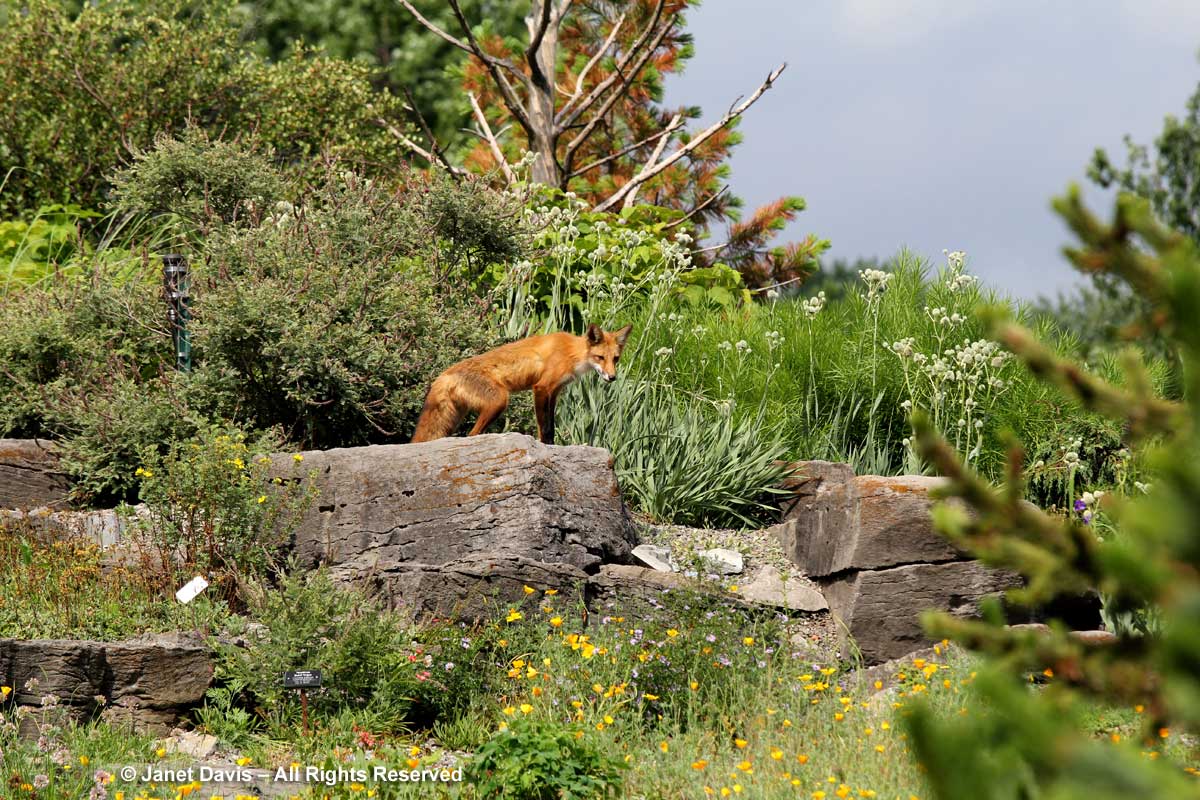
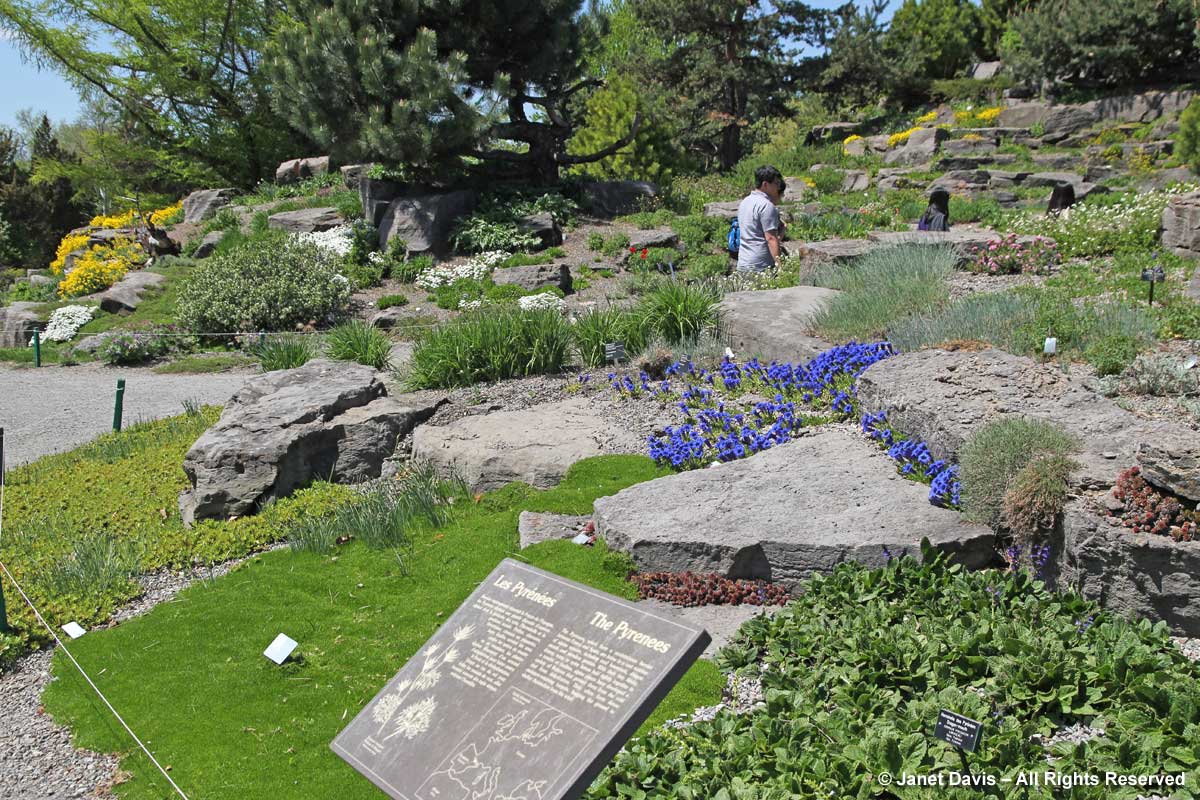
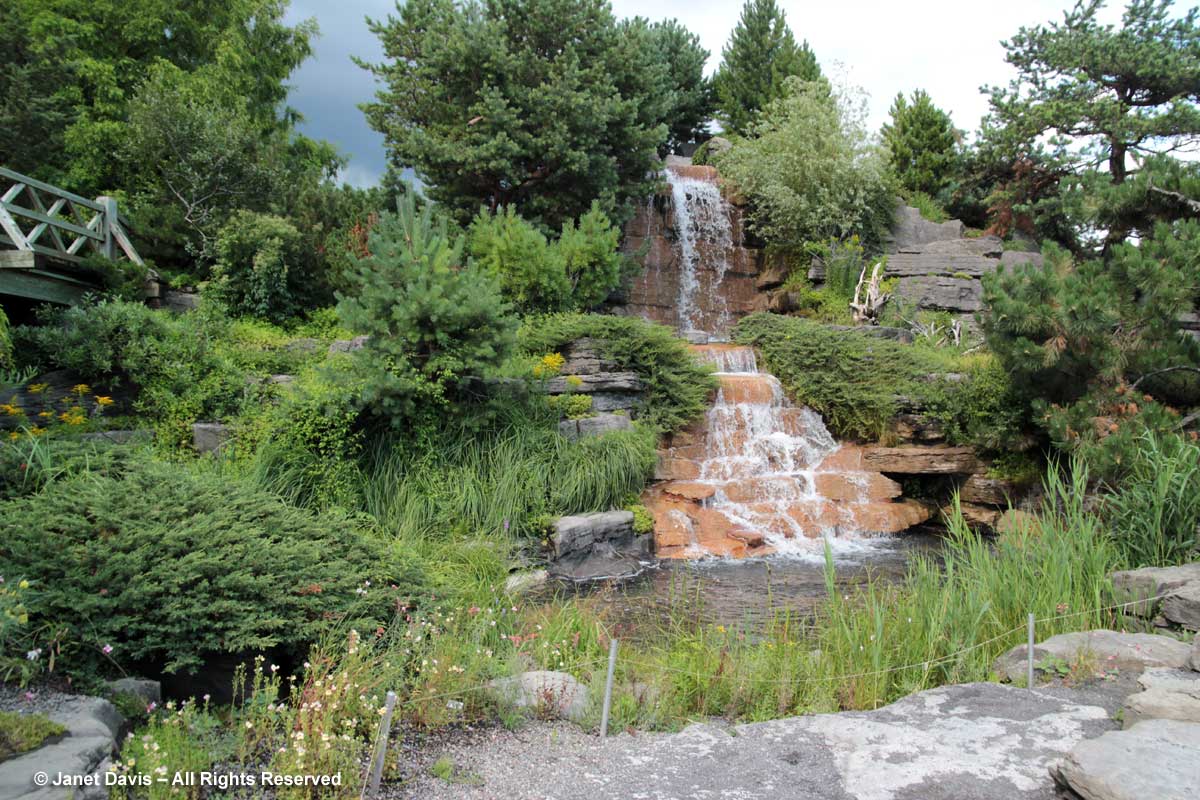
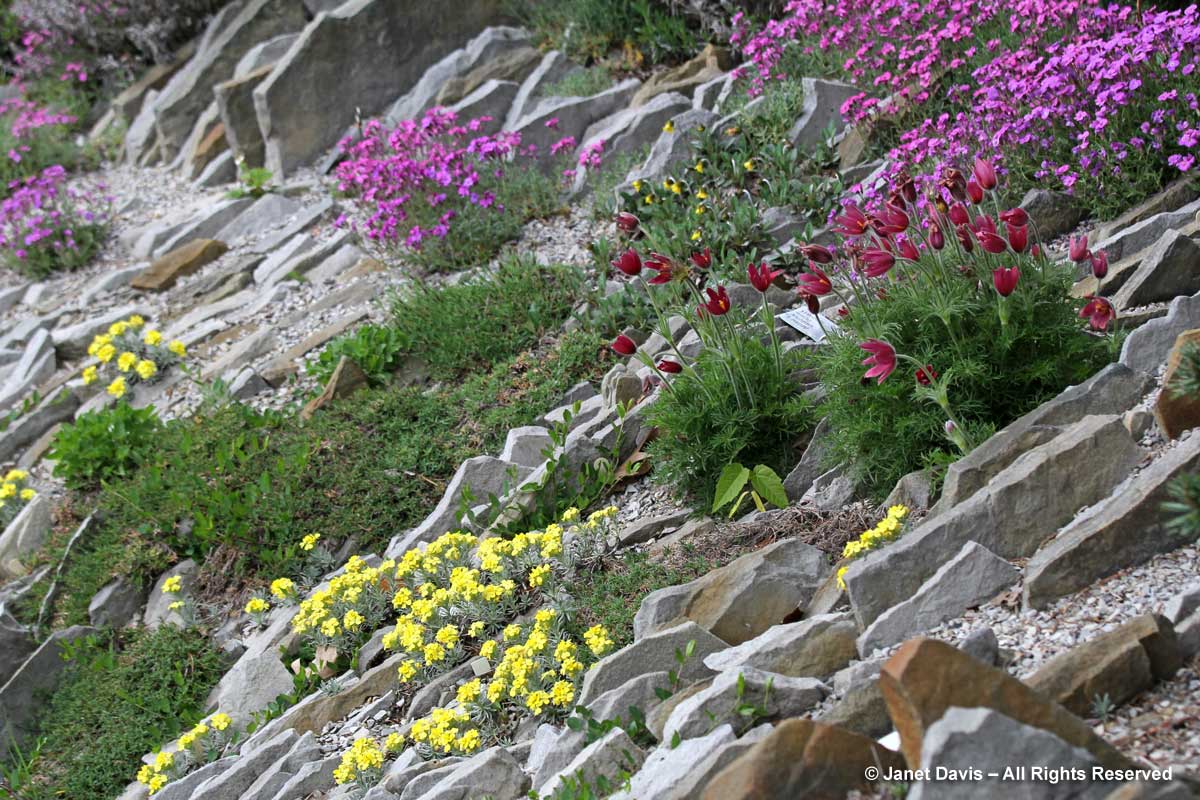
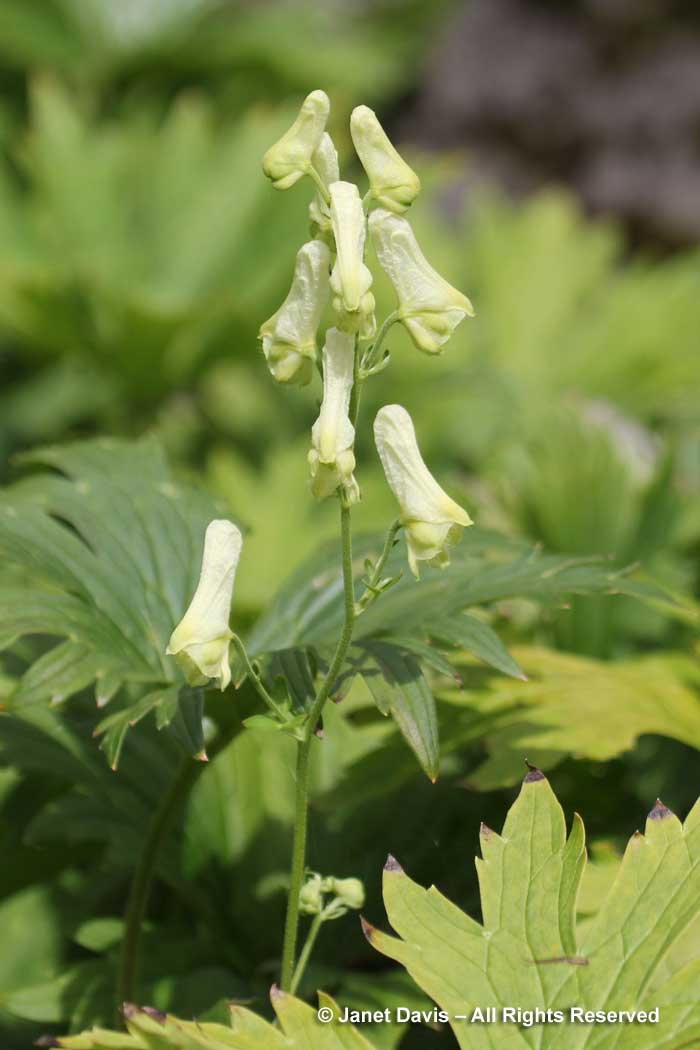
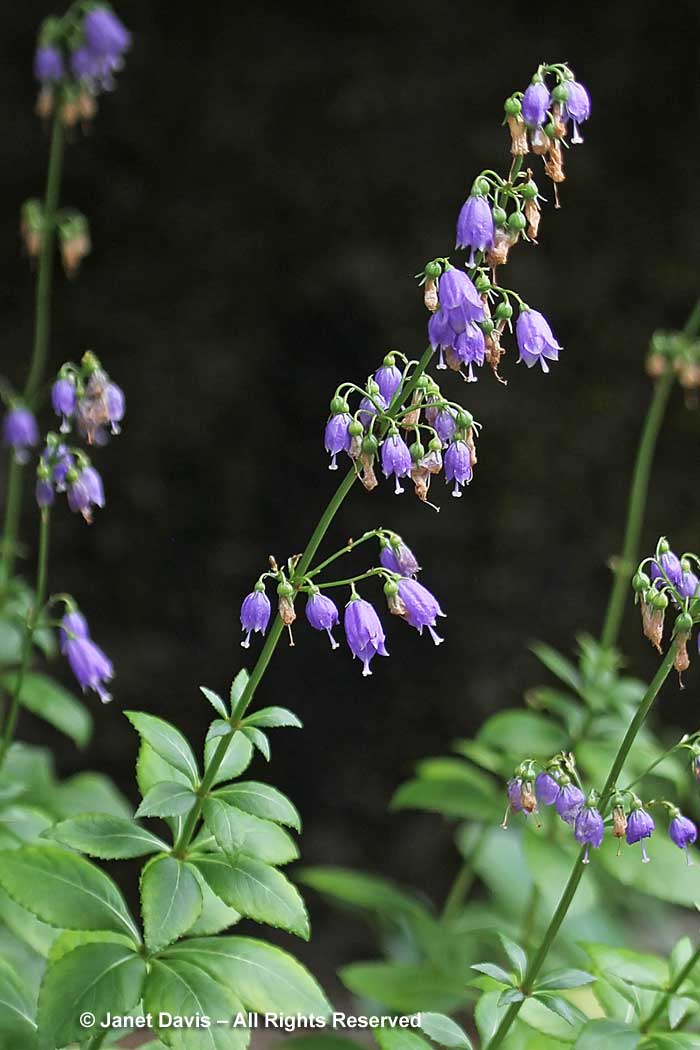
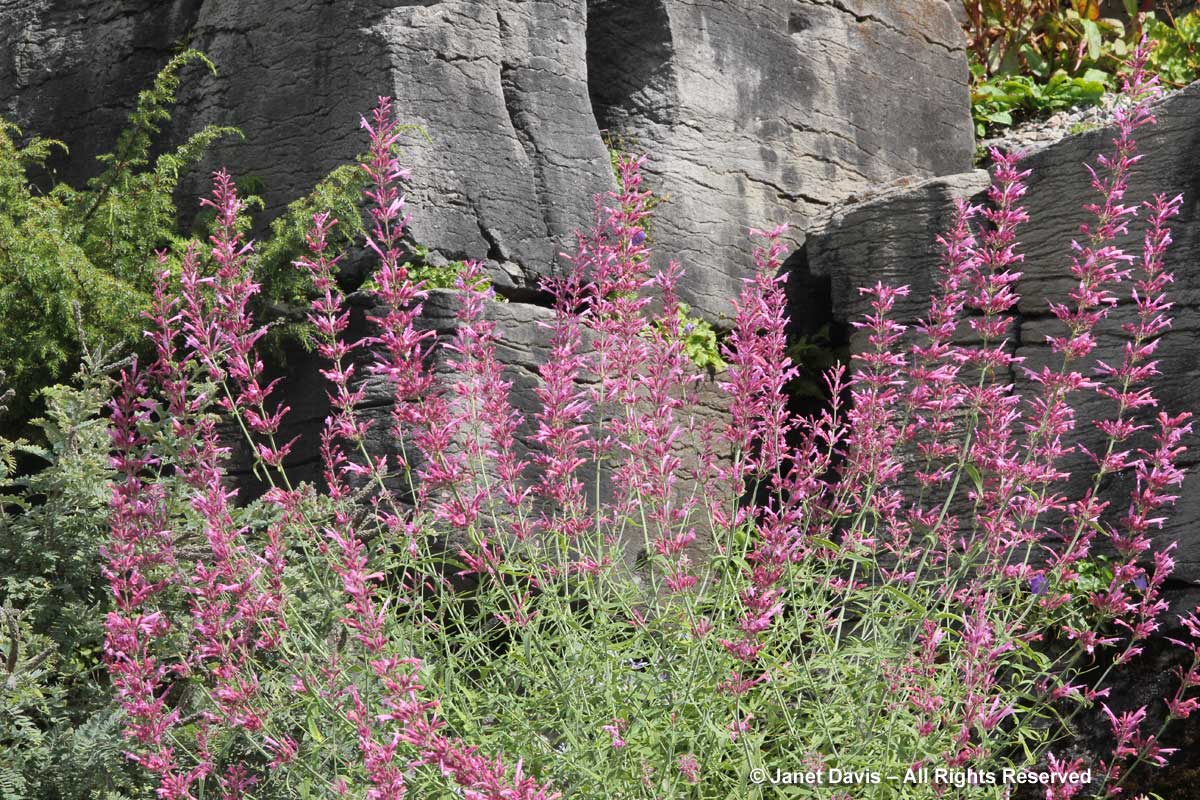
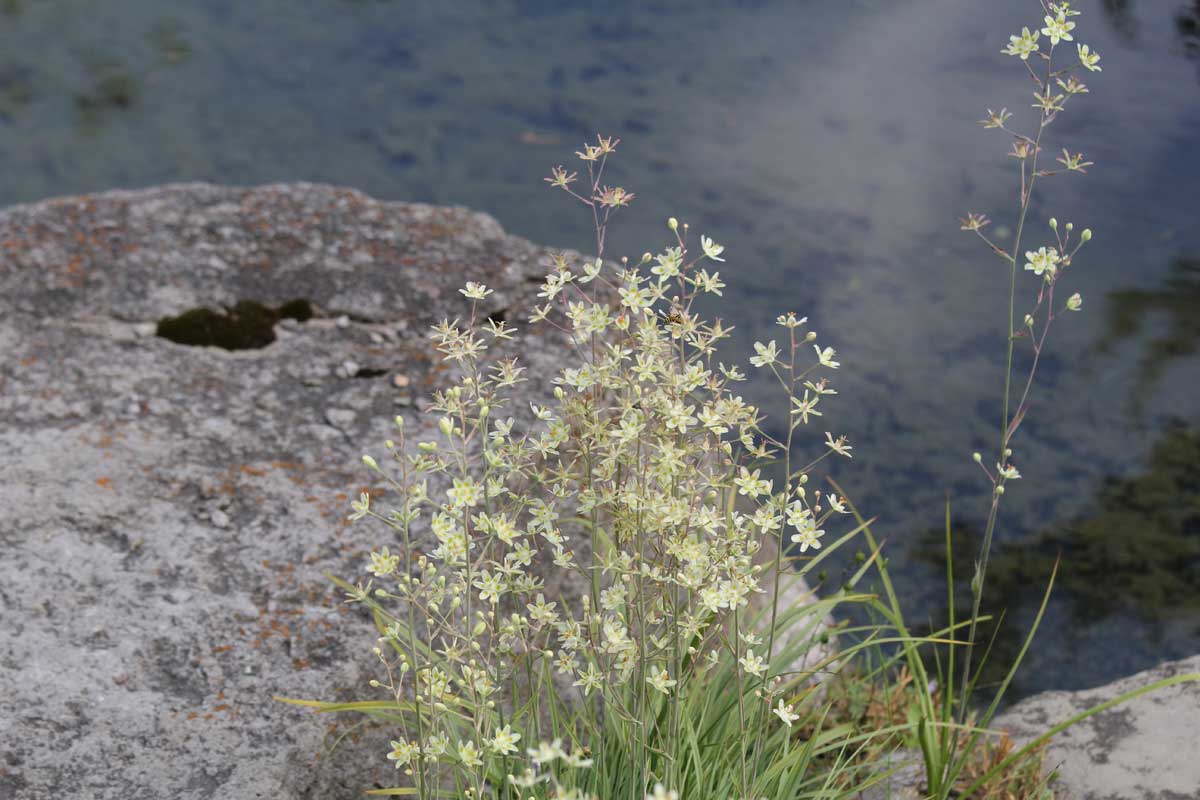
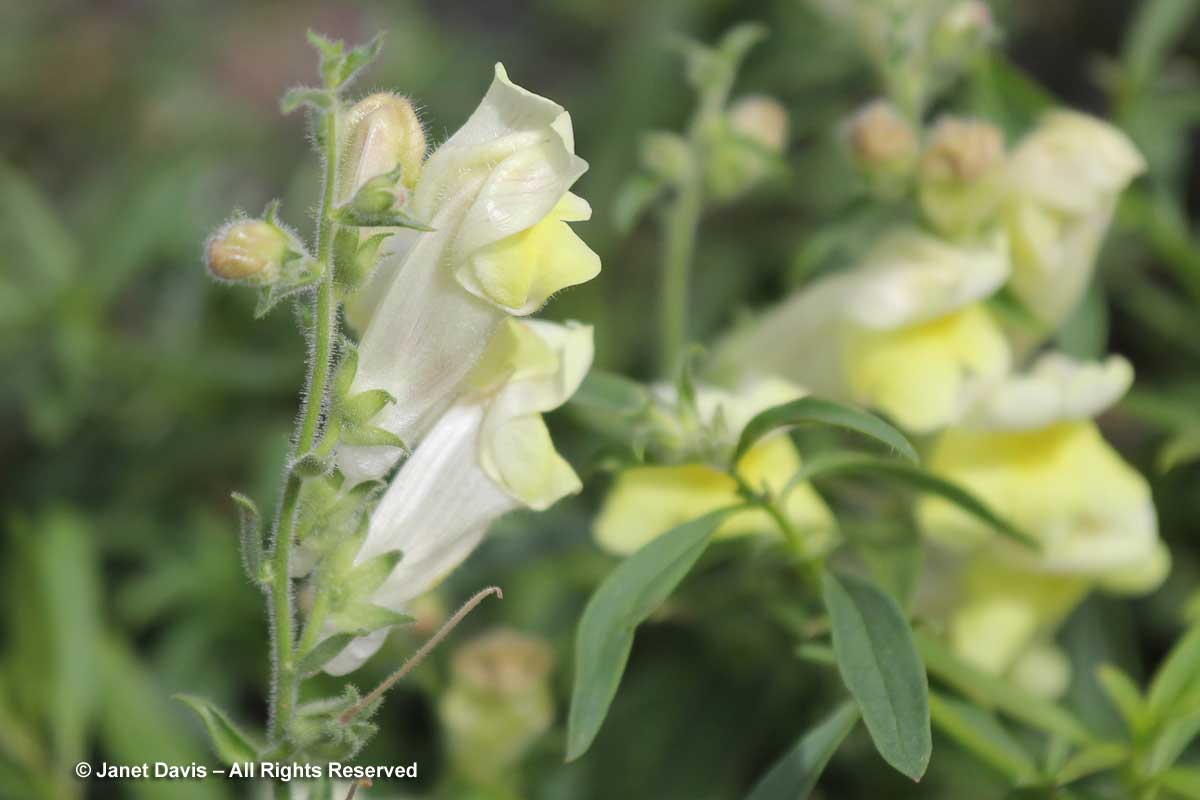
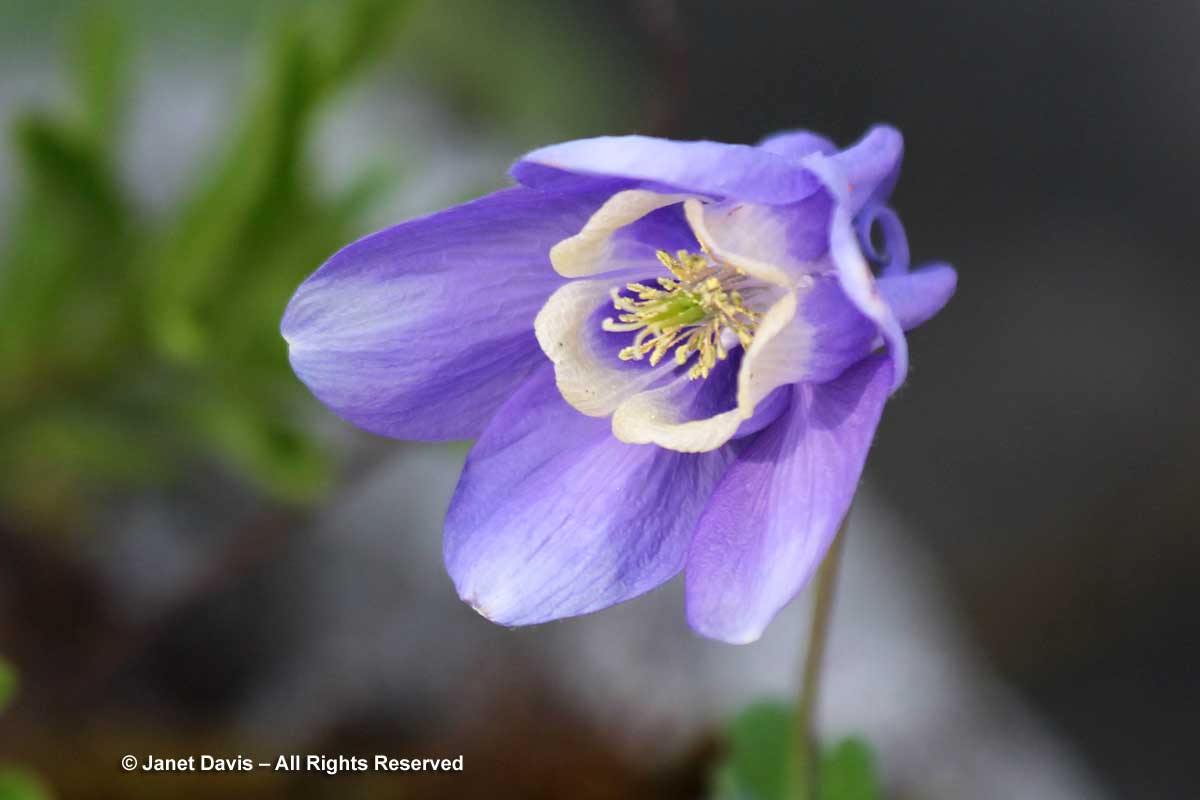
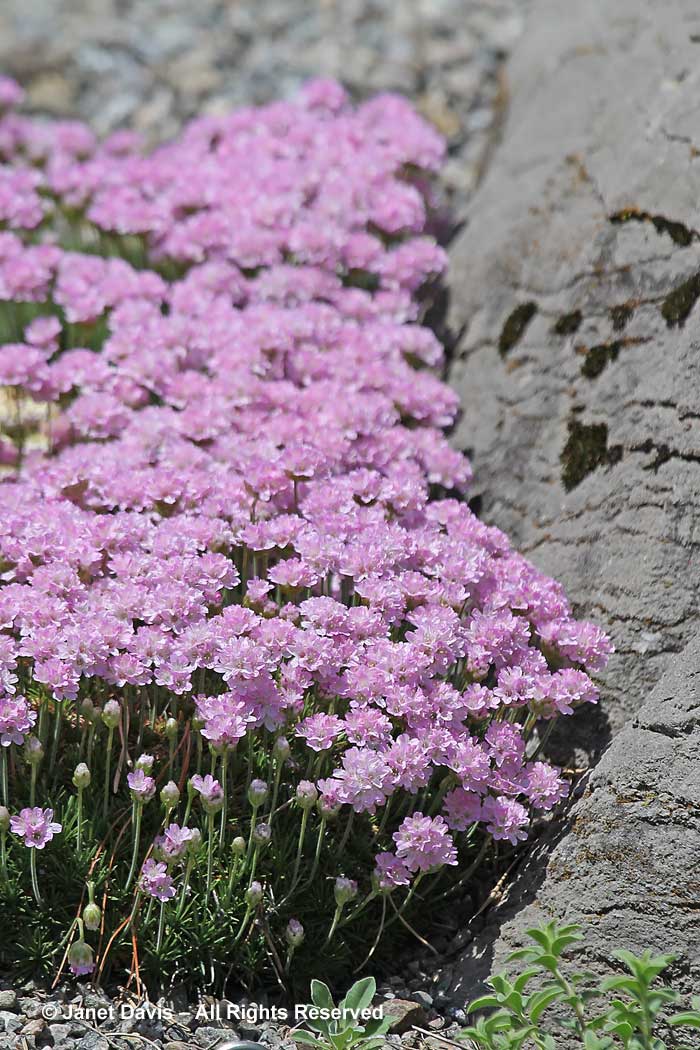
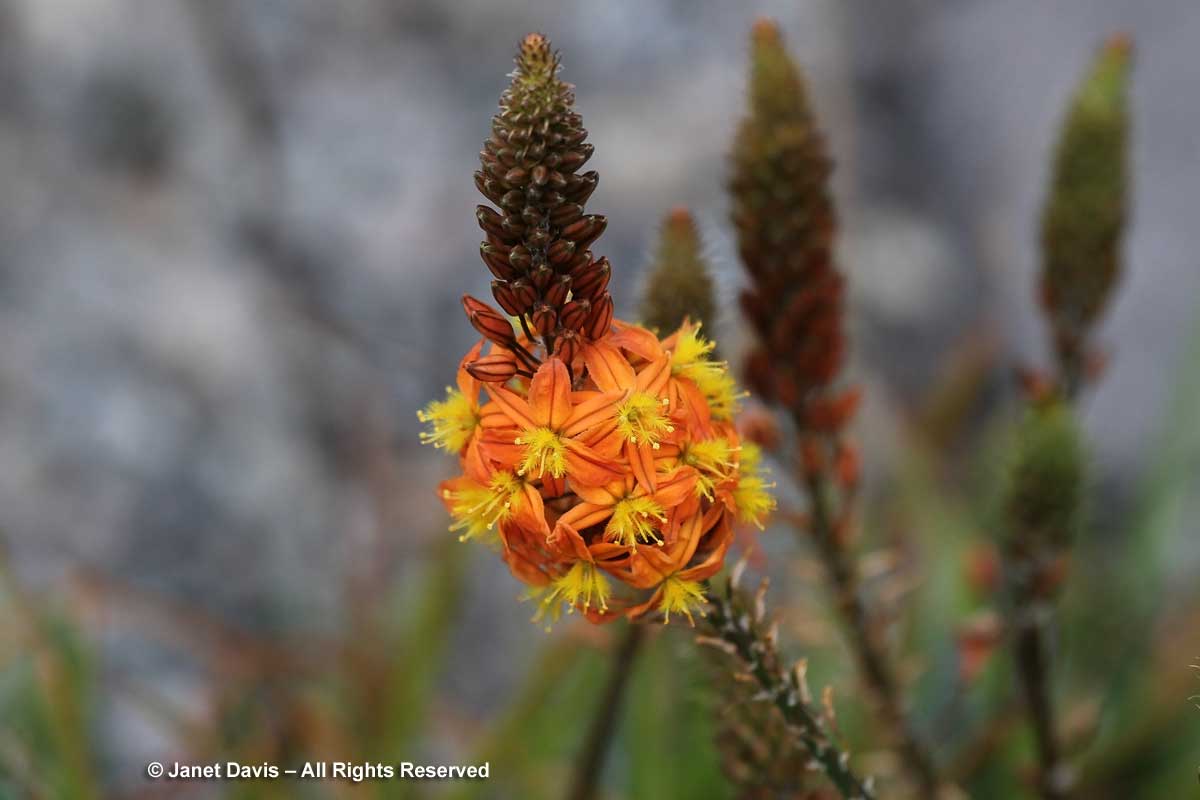
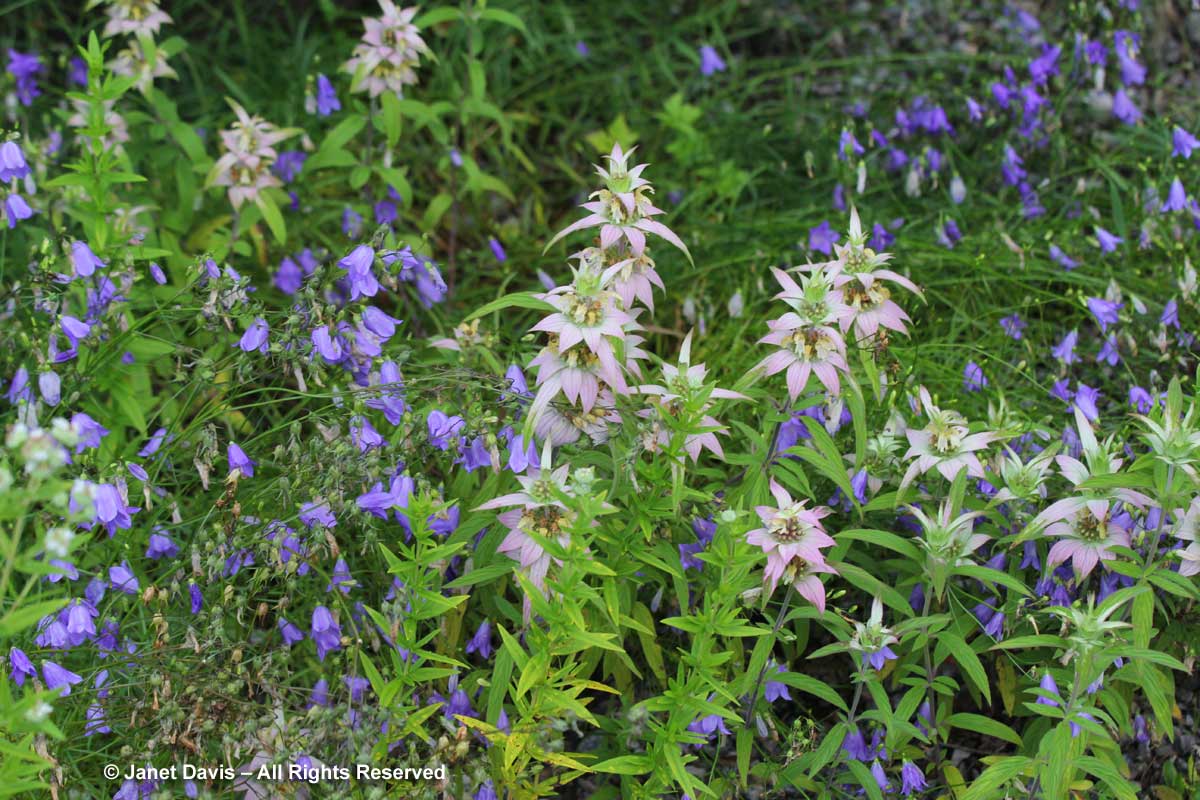
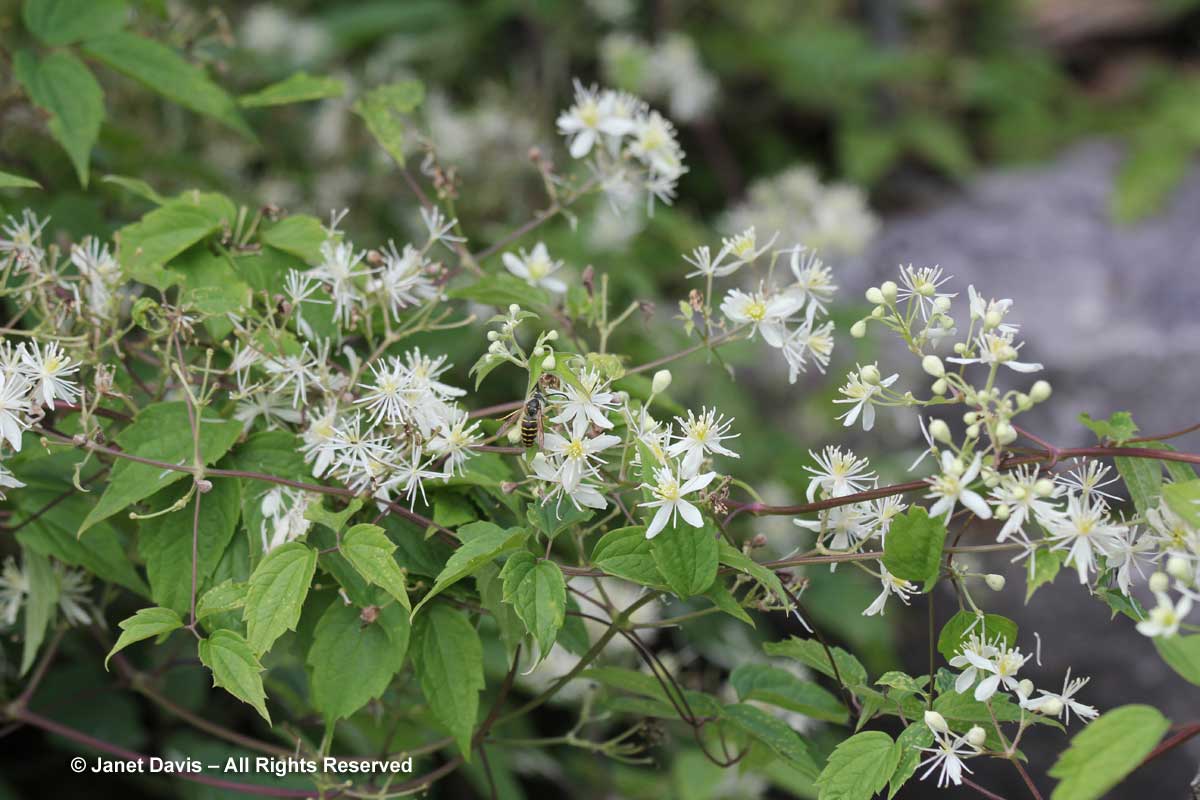
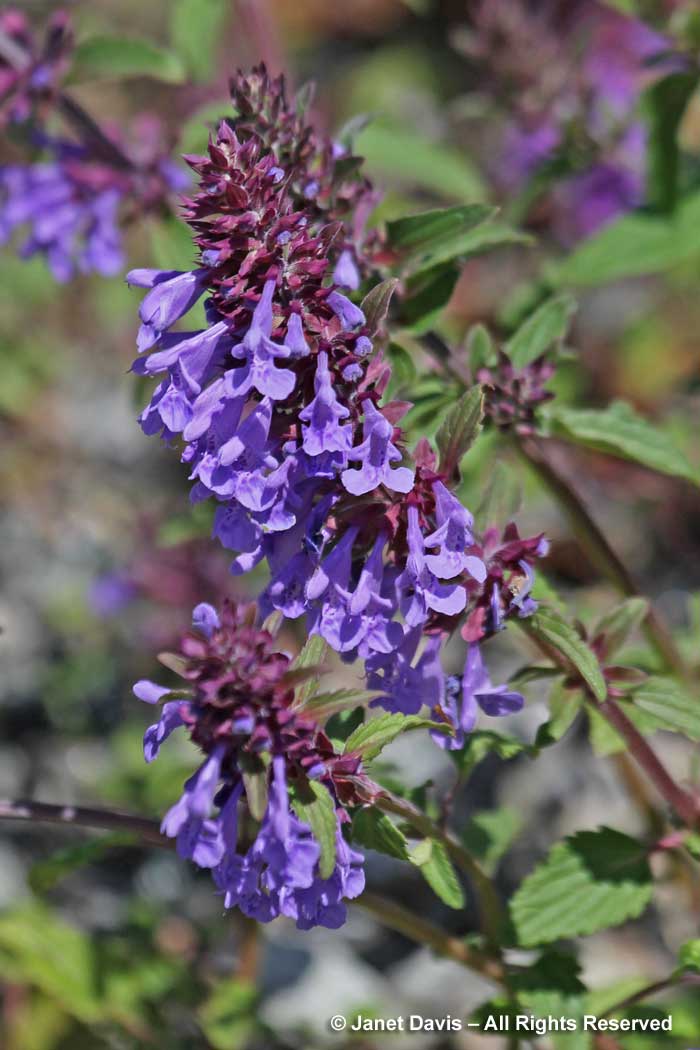
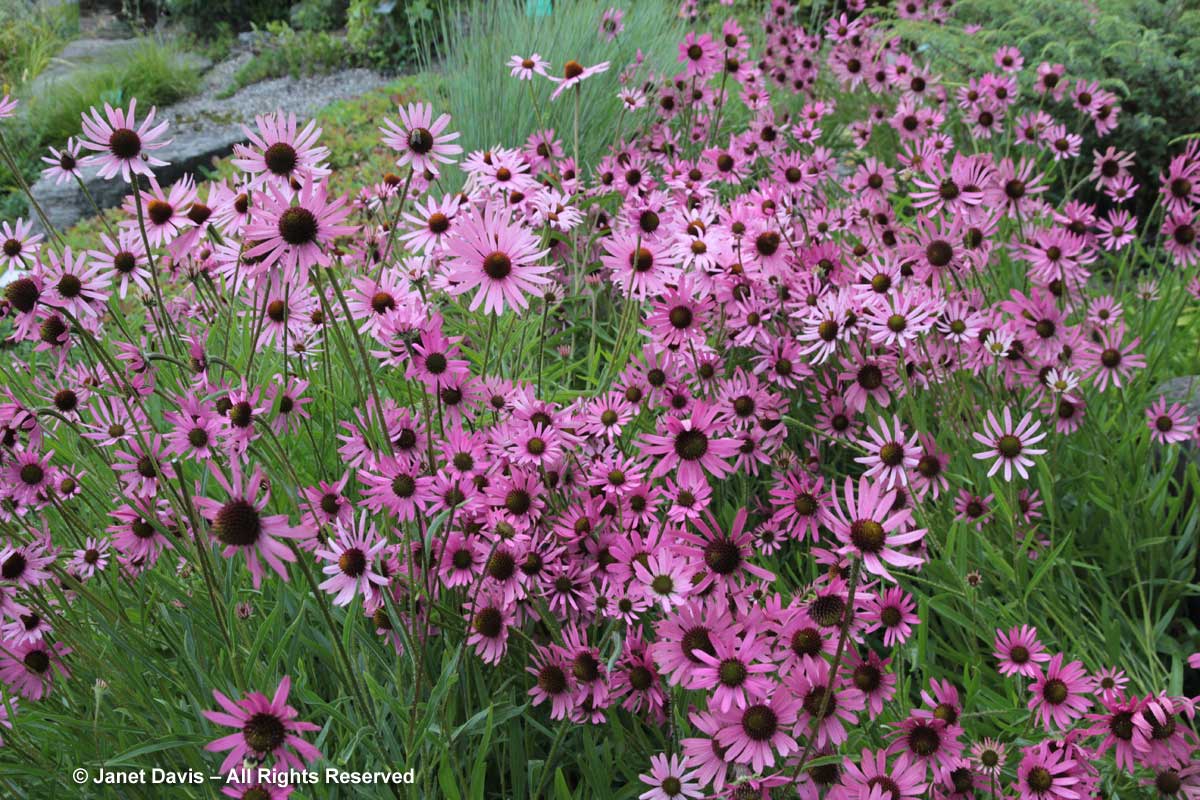
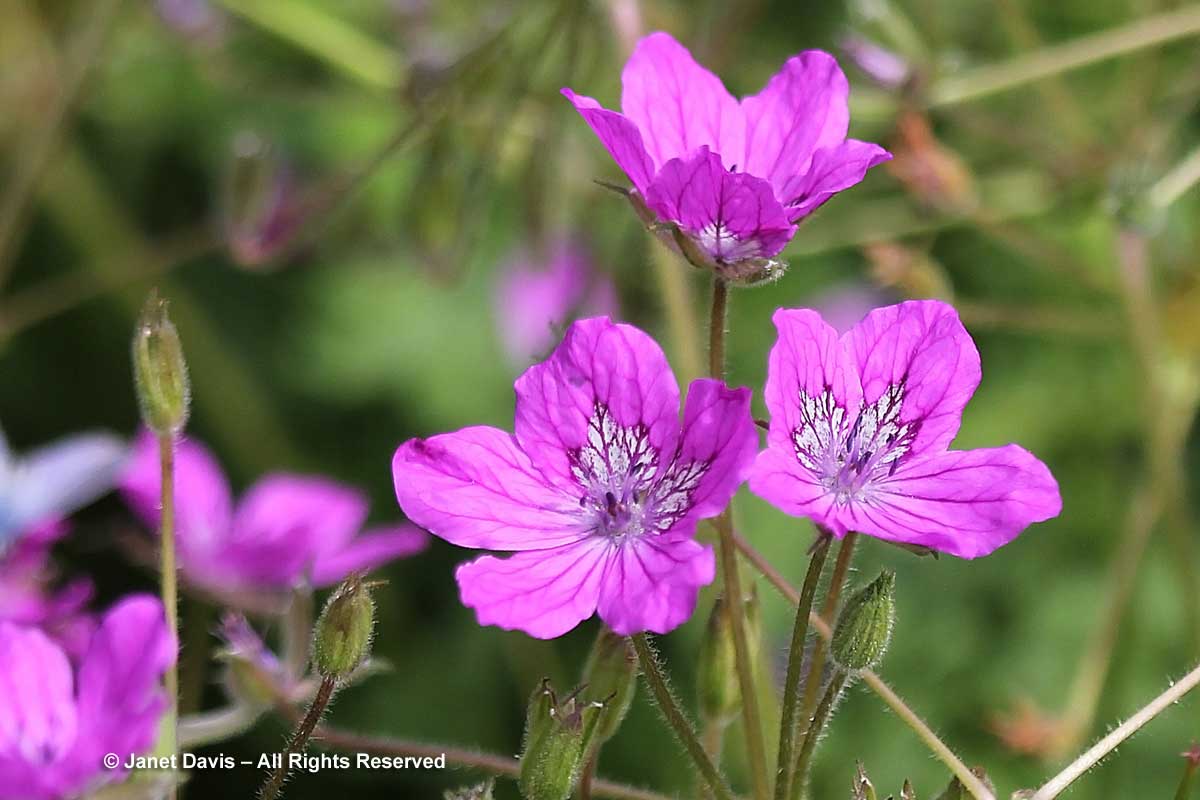
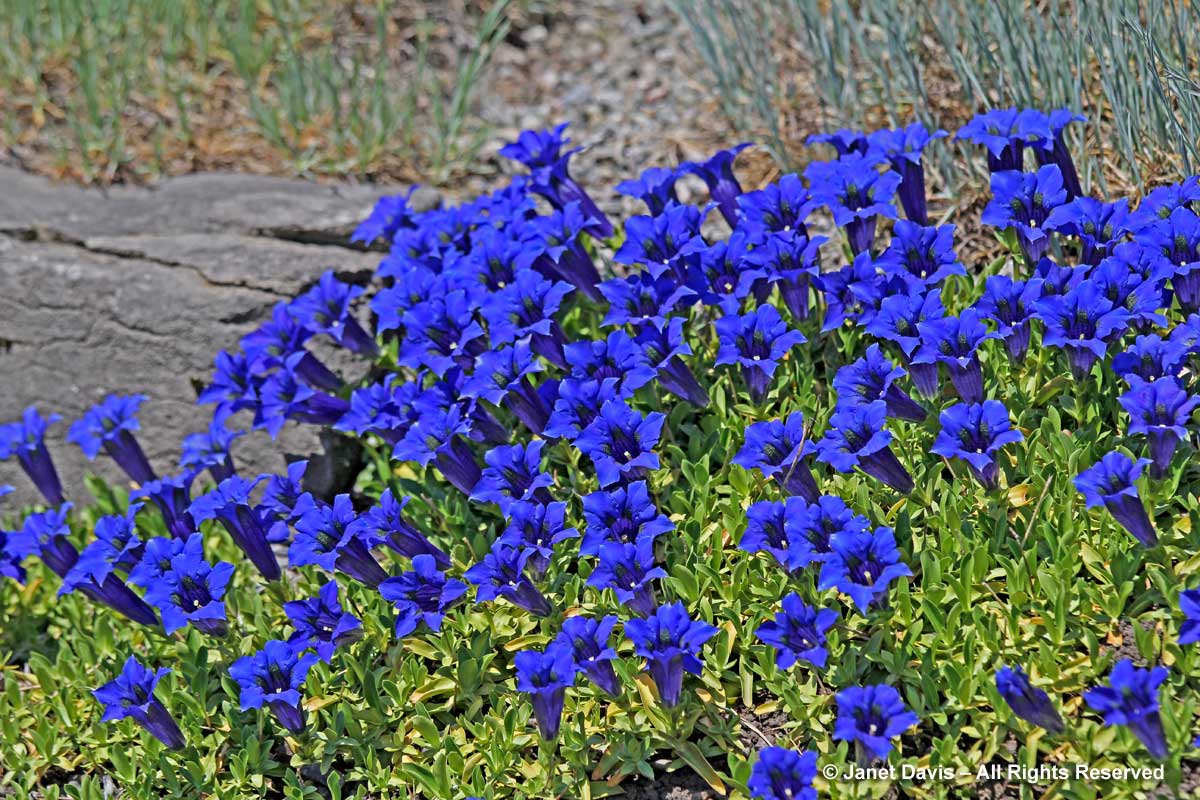
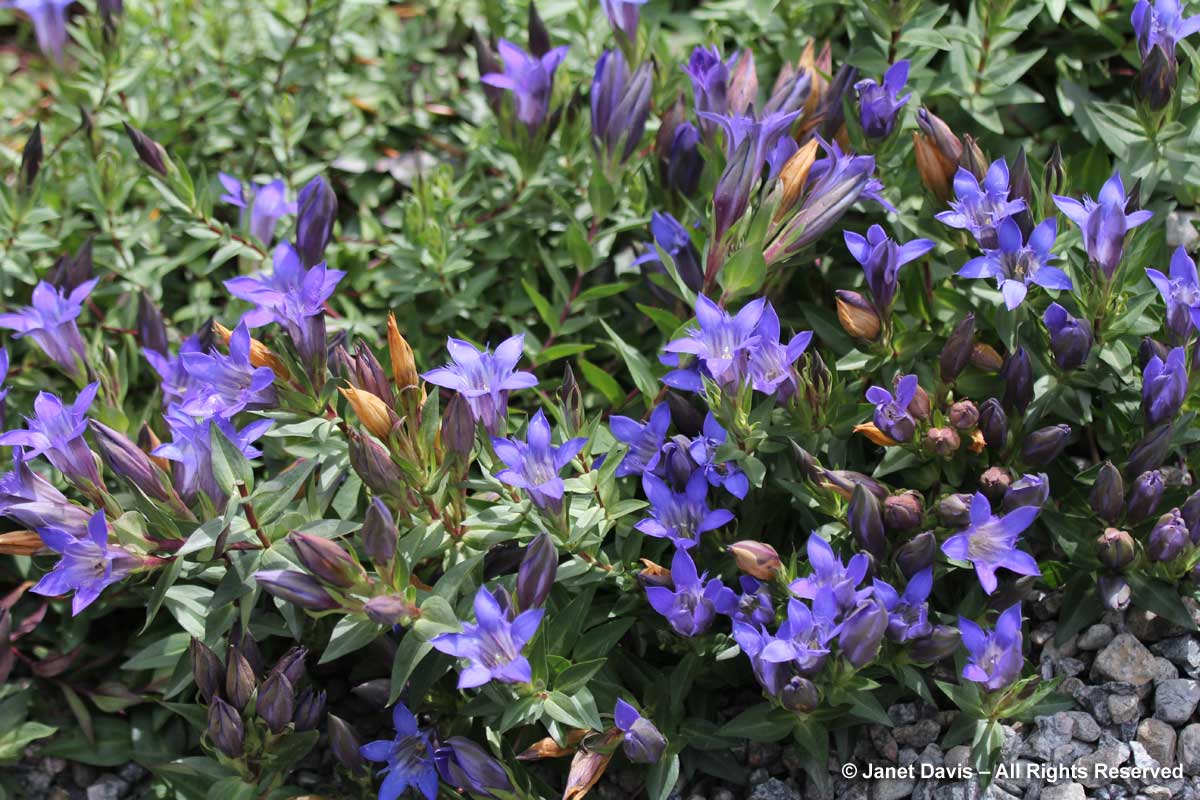
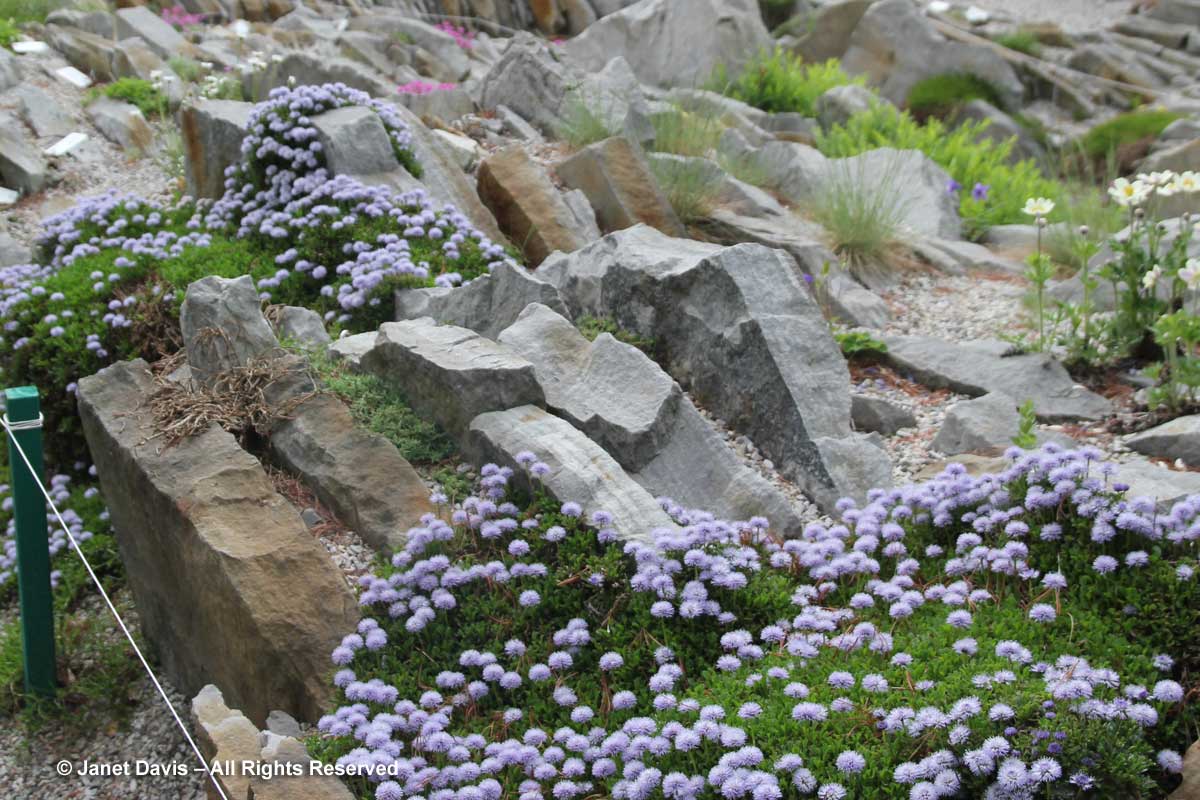
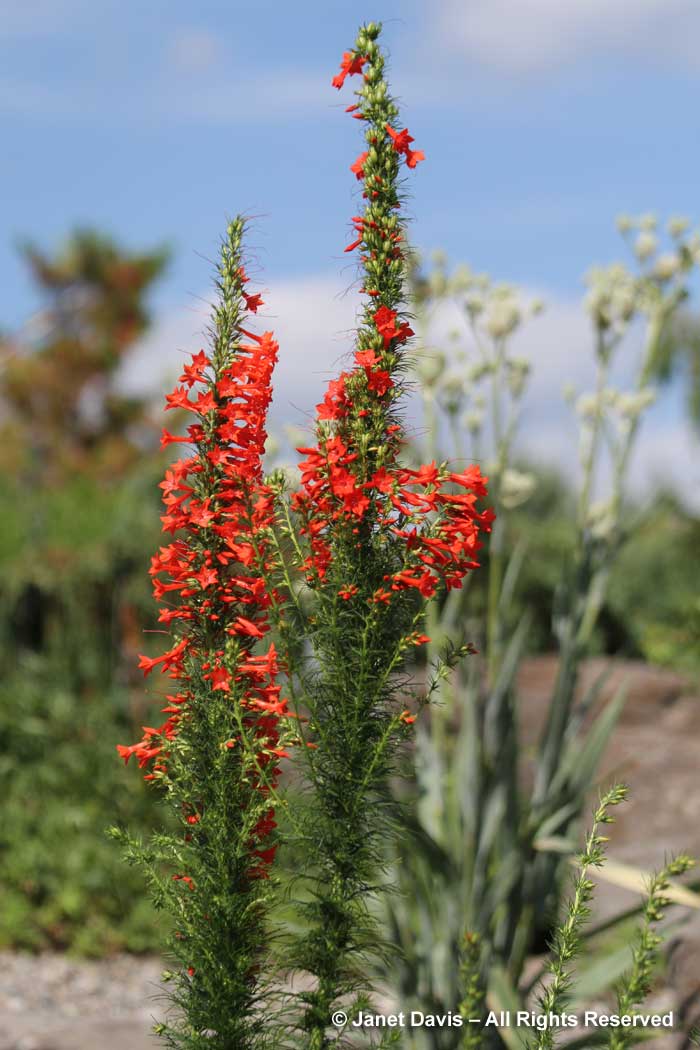
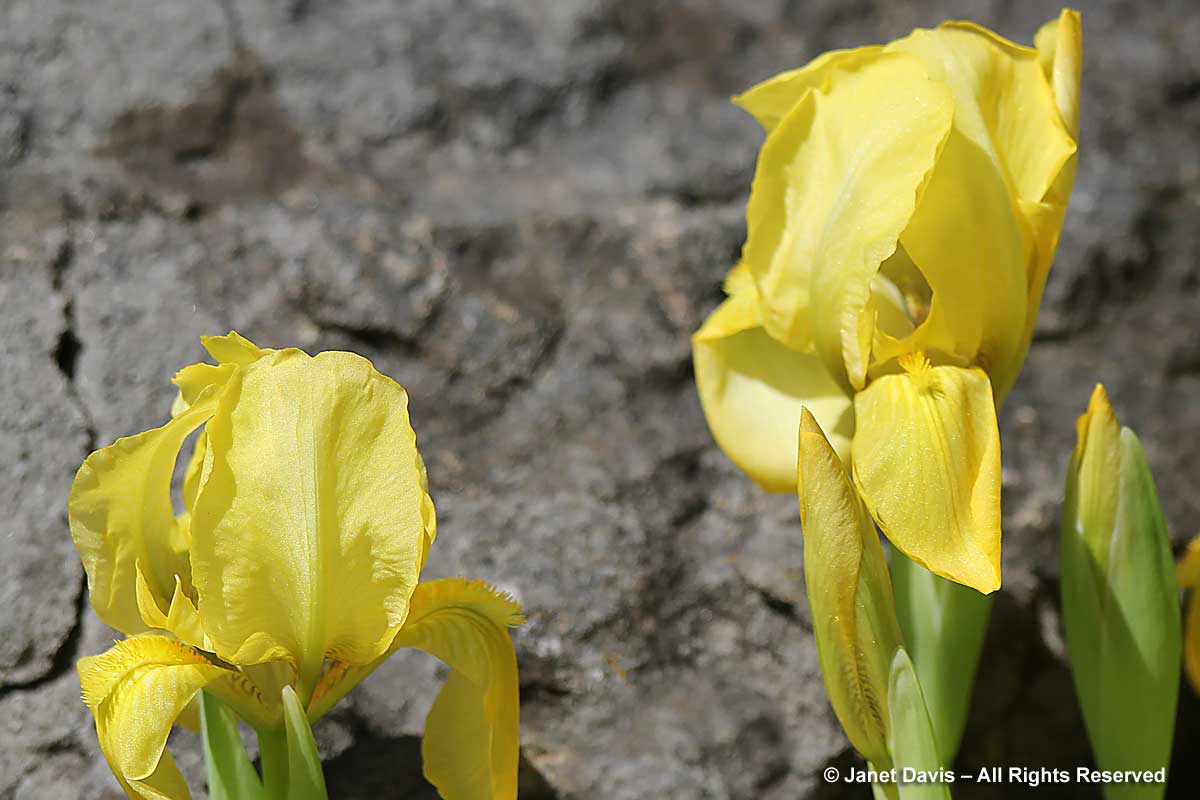
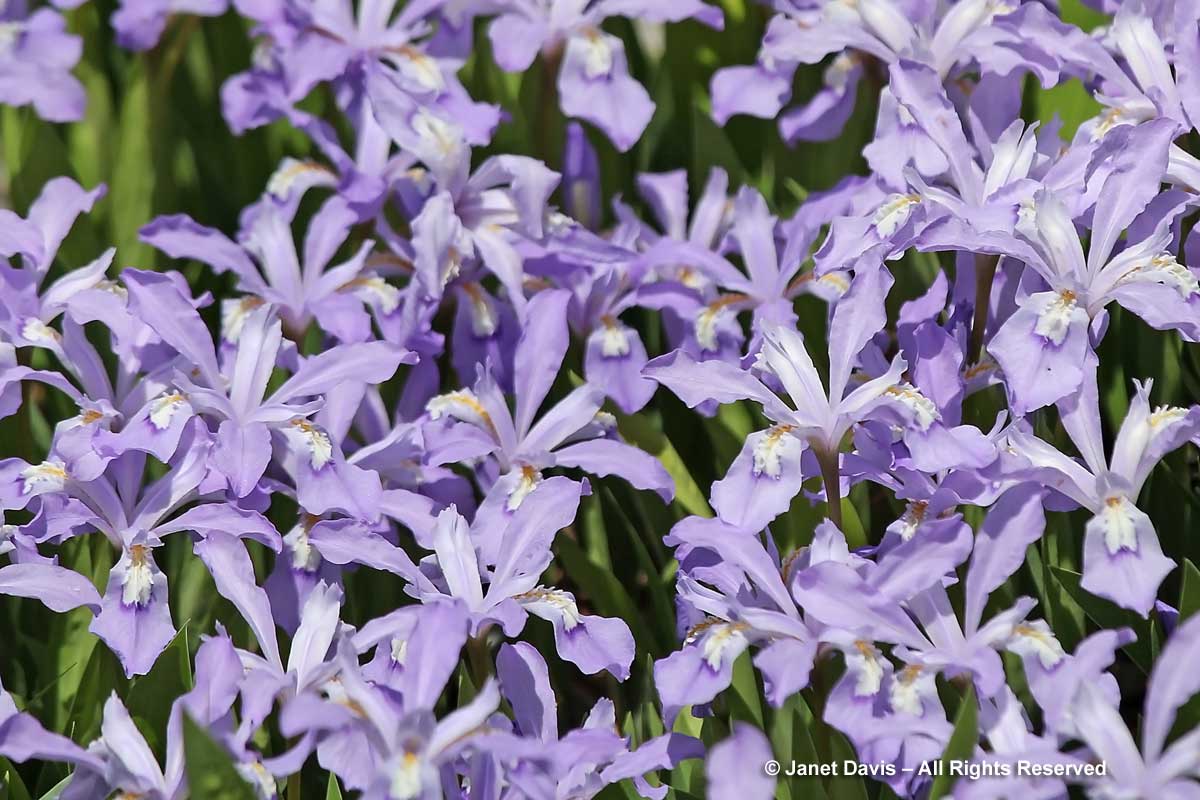
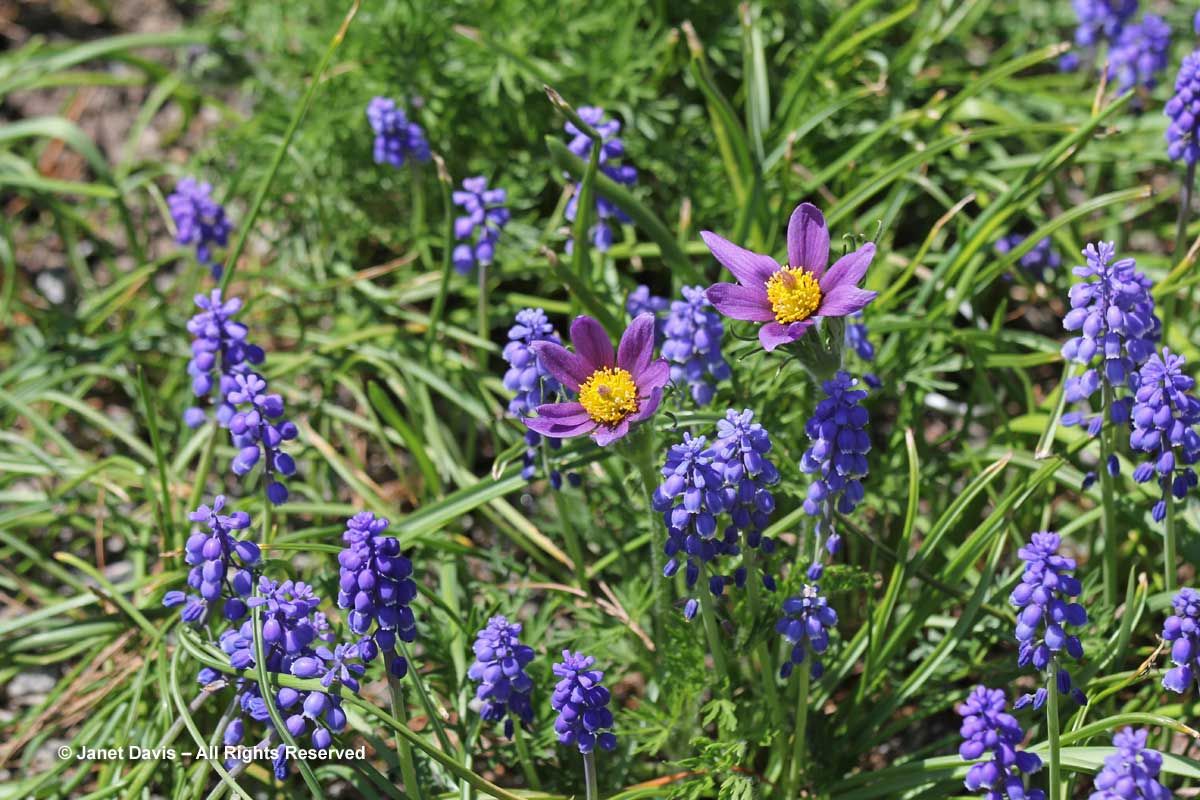
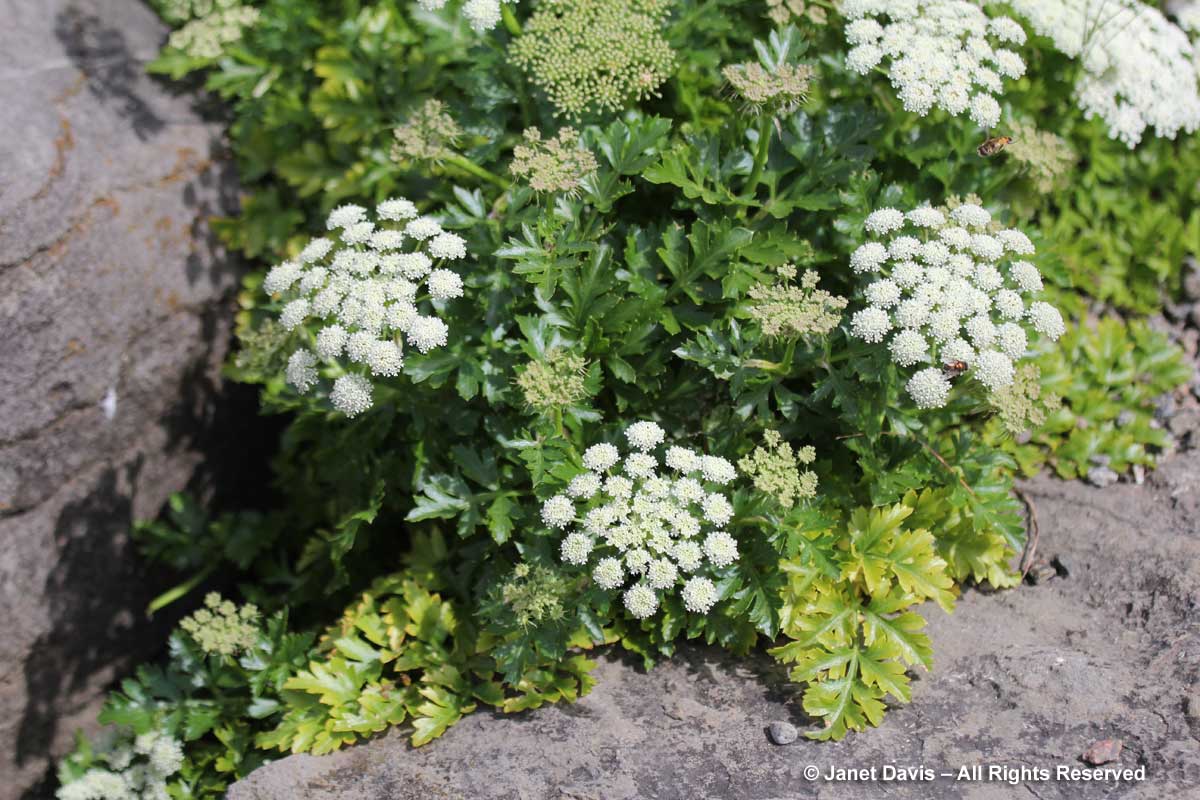
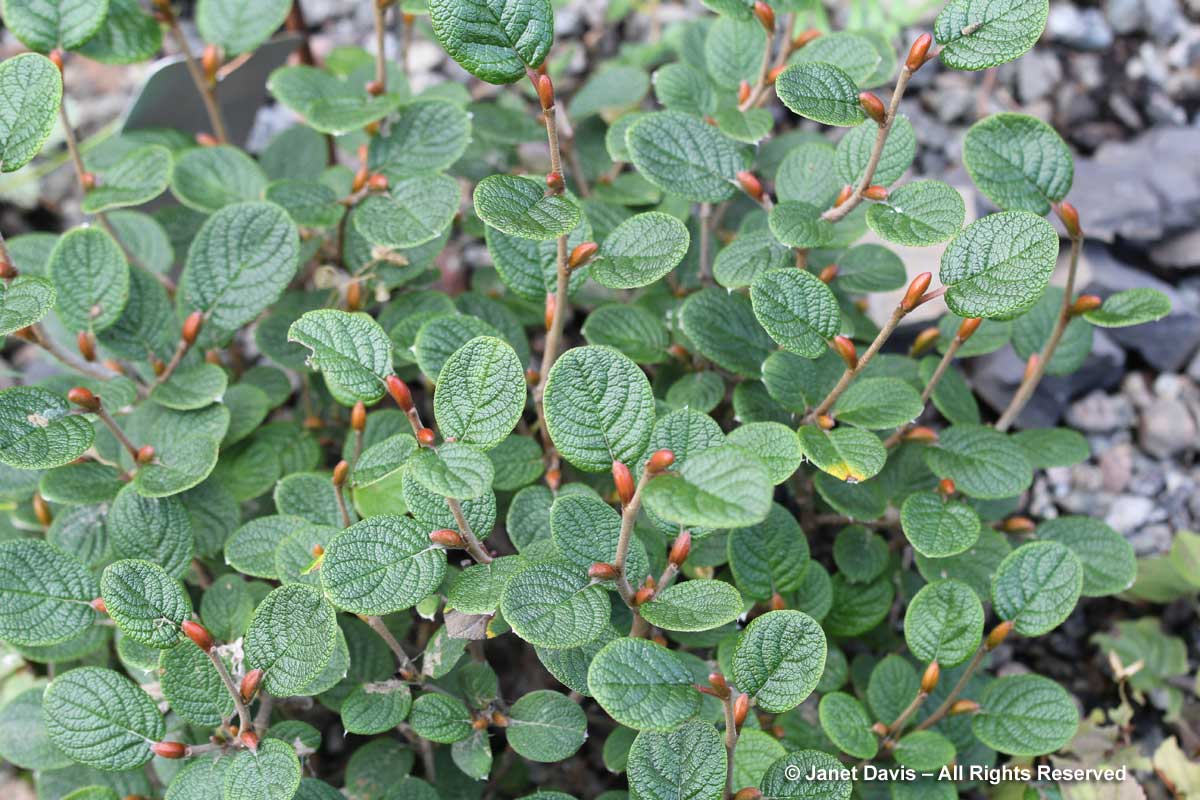
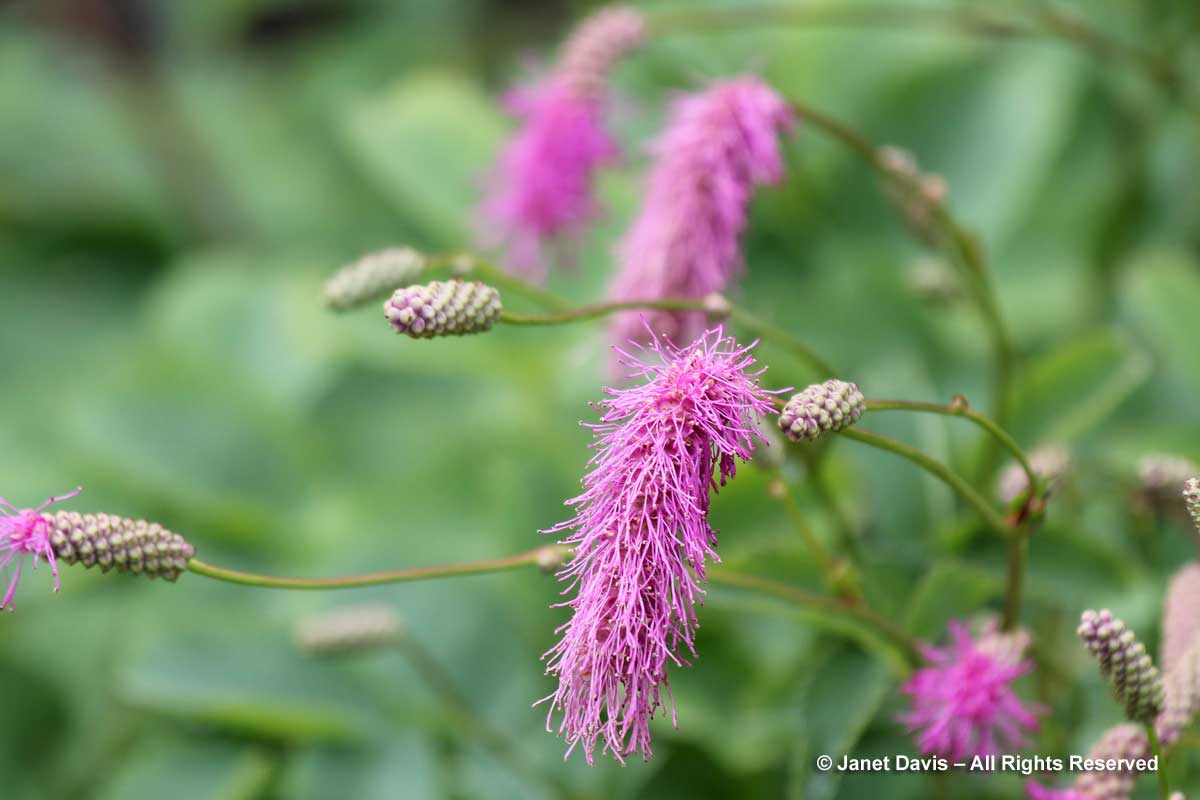
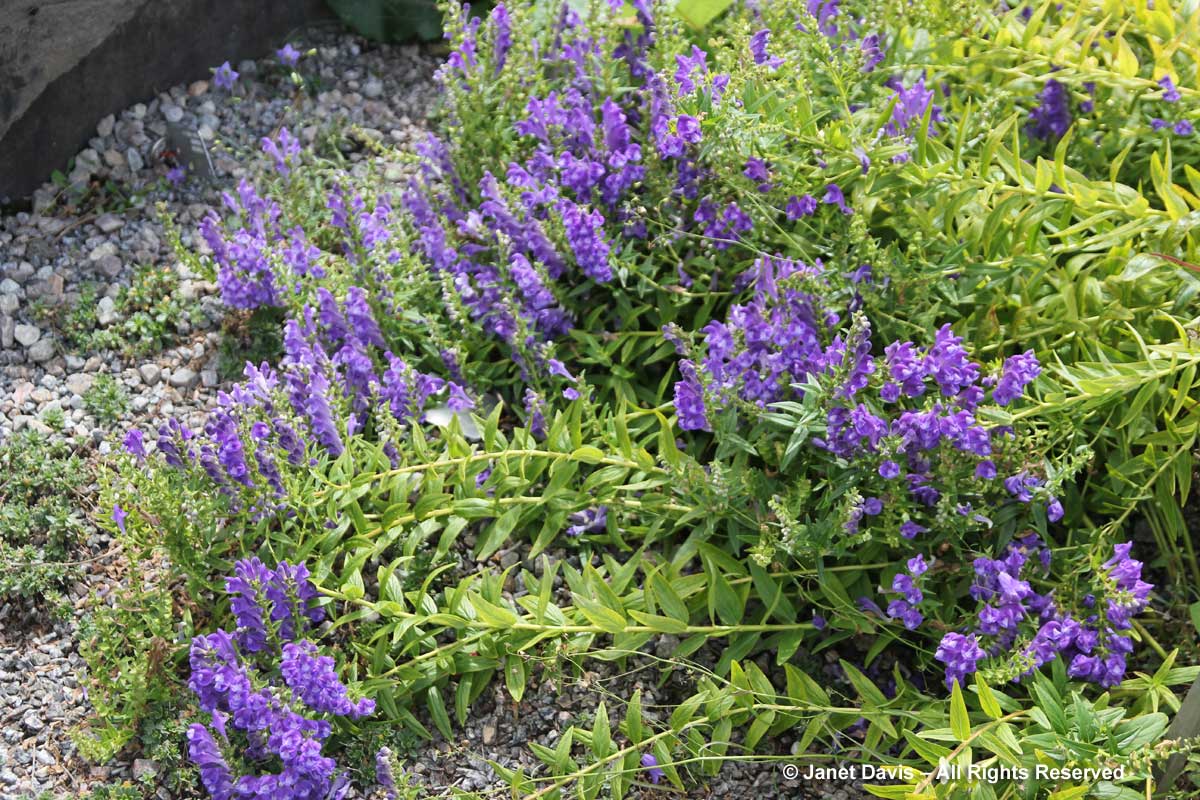
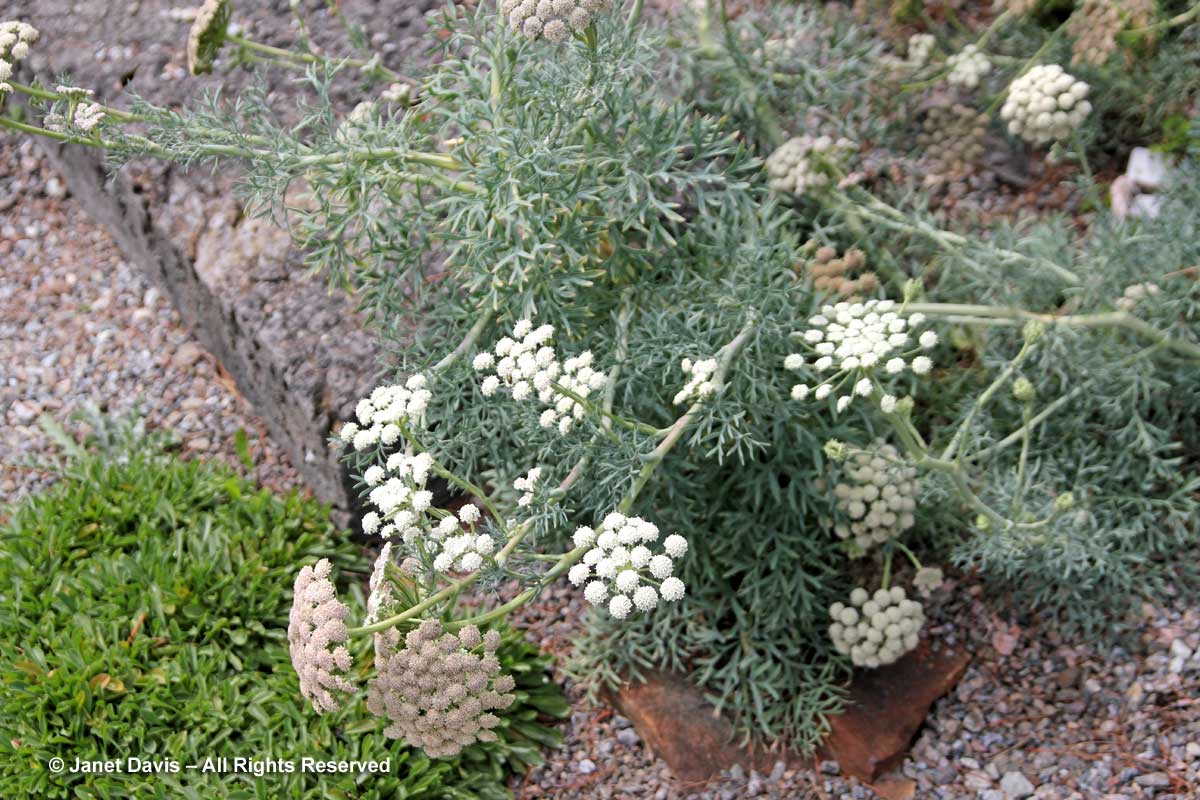
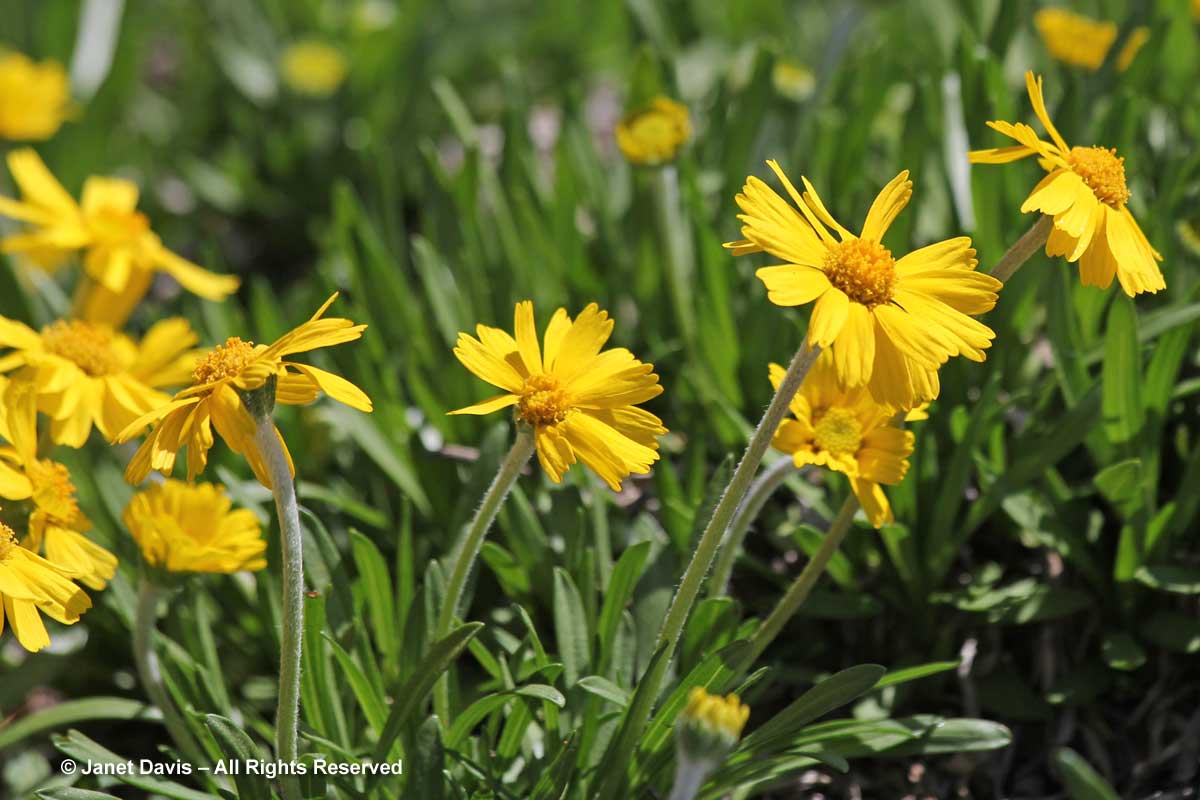
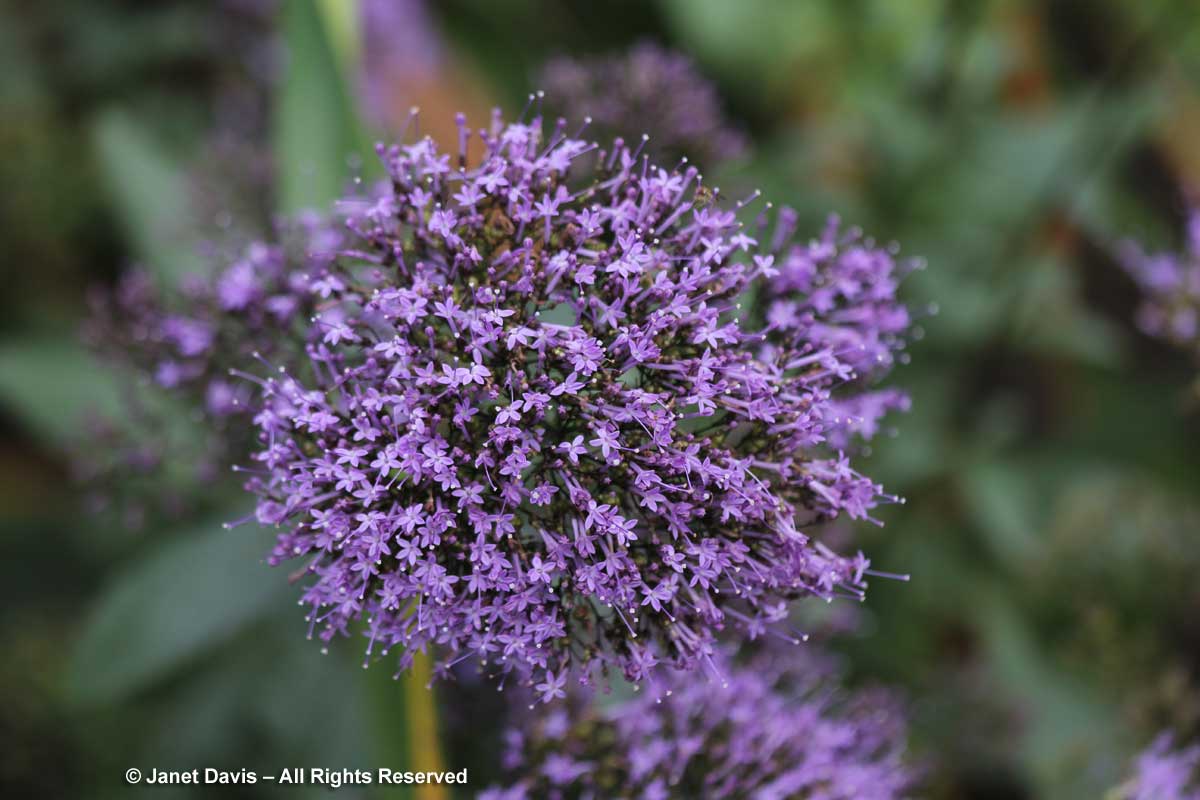
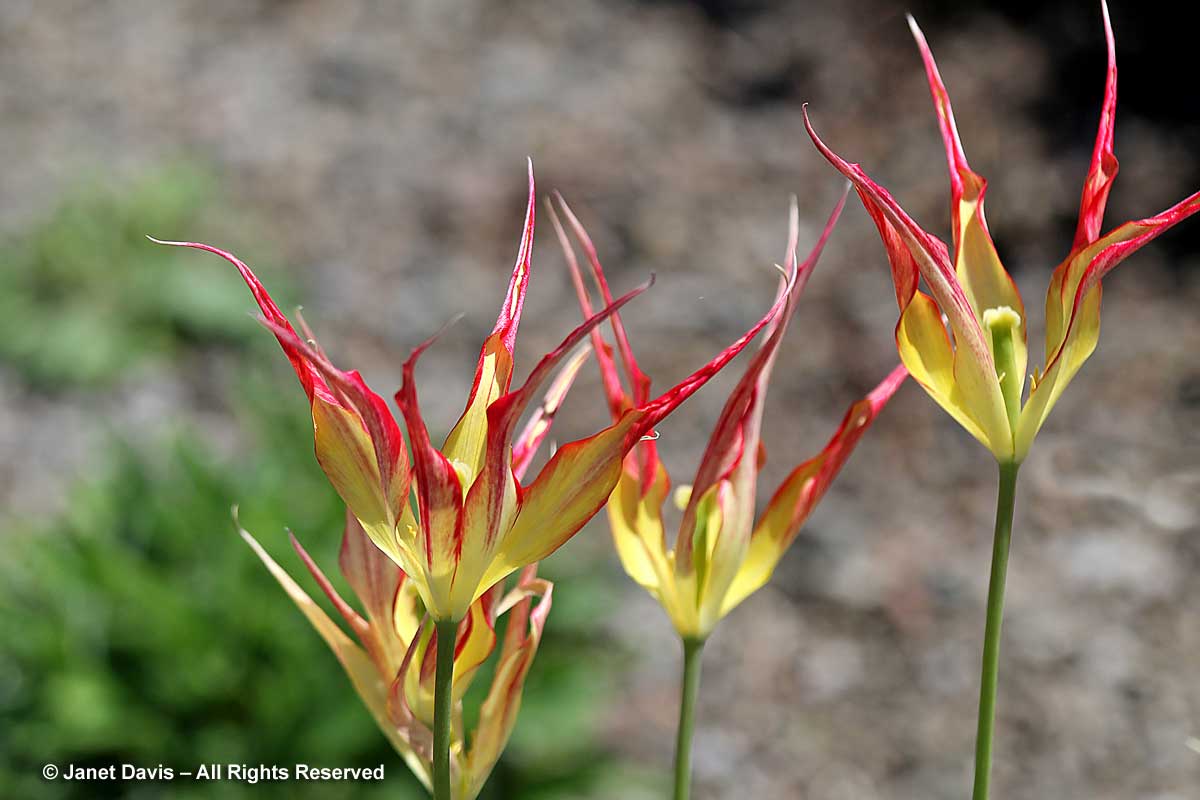
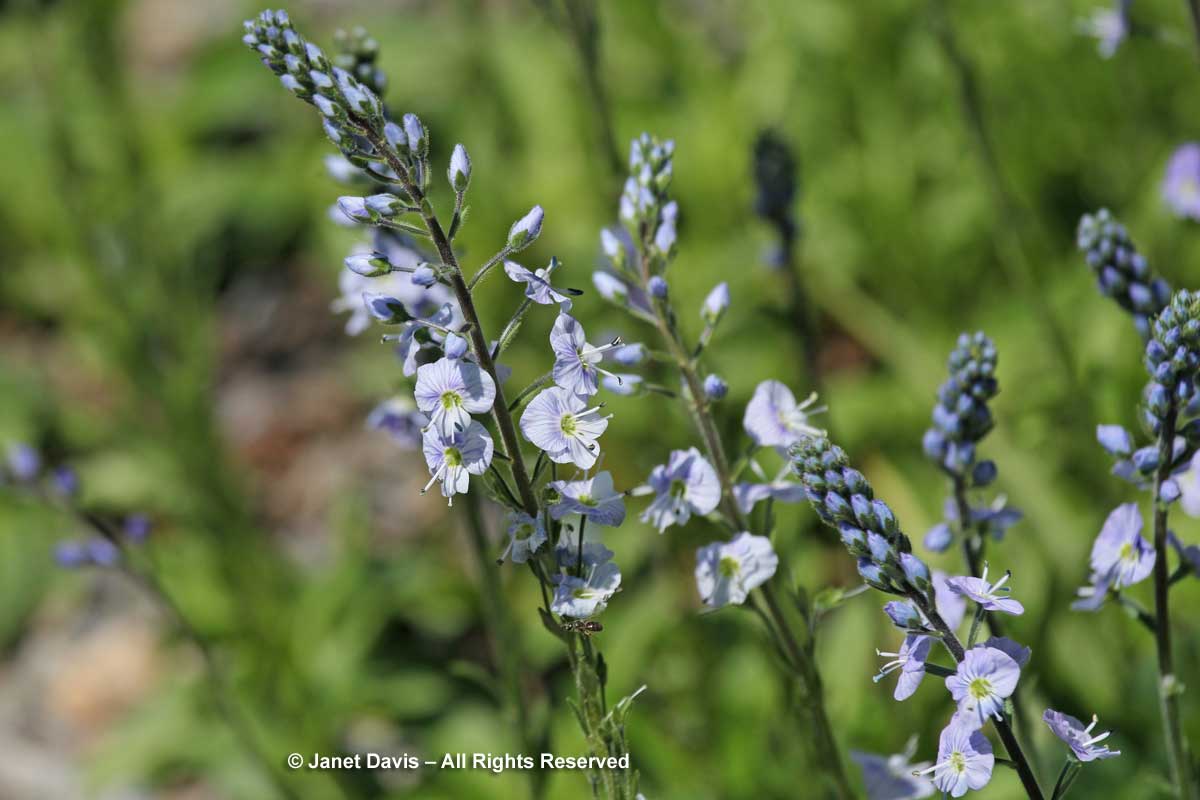
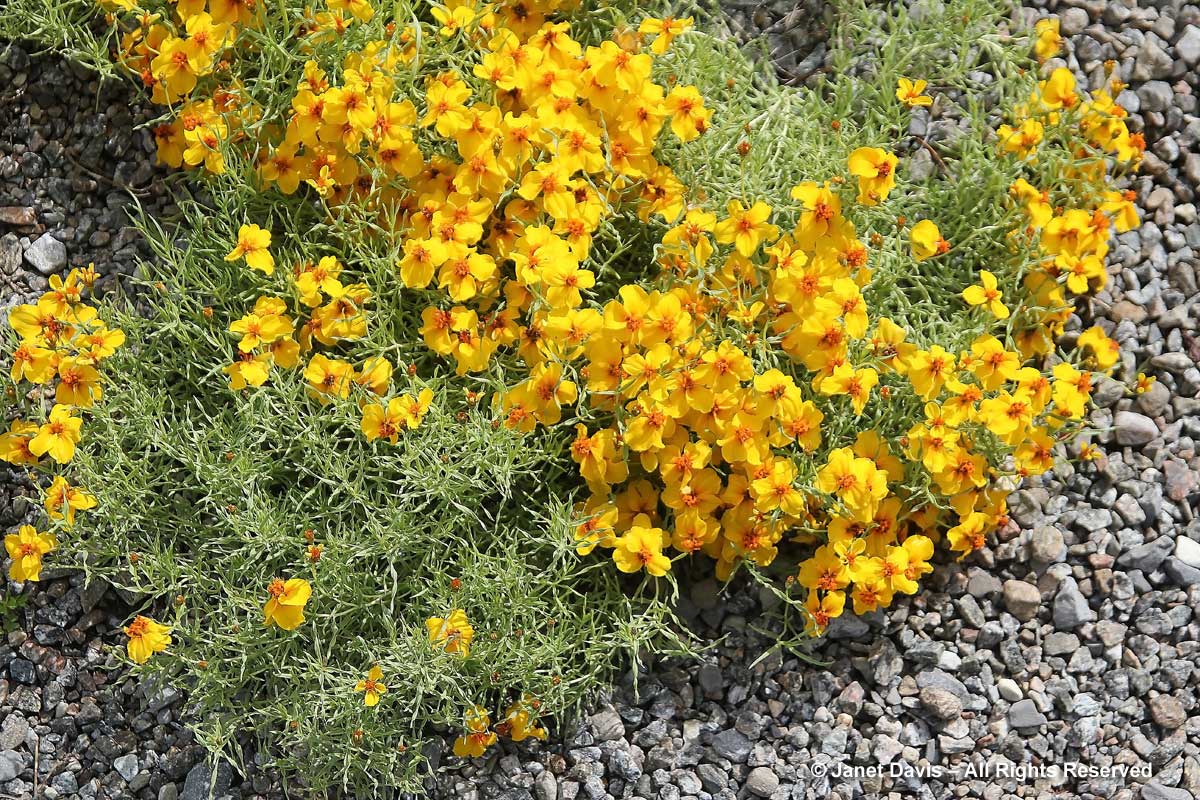
what absolutely stunning images: I am sick that I’ve not been to Montreal to see this garden (or that great City): I hope I shan’t have to climb a wall to do so now that we have Humpty Dumpty for “pres.”…Rene is a brilliant gardener, I see that: both a plantsman and designer. I hope the Botanic Garden will seek out someone to maintain the momentum!
I hope so, too, Panayoti. And I know if you got to MBG, Rene would be delighted to tour you around! All around, it’s a wonderful garden.
Wow, Janet! What a great tribute, and so many beautiful images as well.
Thanks, Aldona. It’s a lovely garden – as is all of MBG!
Another garden added to our bucket list. Last time in Montreal was nearly 50 years ago. Time to return. Lovely post and photos, Janet.
Absolutely, Bracey! The garden, the city, the food….. all superbe!
Wonderful gardens,beautifully captured Janet. Now I have a hankering to visit Montreal. Rene looks too young to retire,must be the fact of following ones passion as a vocation. Love the sly Fox.
Yes, Graham, he does look young, doesn’t he? And I agree – passion for what you do helps keep that spring in one’s step. You would love the garden. Maybe a giftware conference there in your future?
When I visited 20 or so years ago, I completely missed the rock garden in my ignorance. Perhaps it was the wrong time of year, but thanks for this. Now I know I need to visit again.
It’s very difficult to cover MBG in one day, James. As a photographer, I make it a 2-day venture – especially to get to the far reaches of the arboretum.
Quel parcours! Mes félicitations pour toutes ces réalisations. Bonne chance dans ta nouvelle vie. Xx
Merci, Anne!
Is there a recommended “best time” of year to view this garden? I would love to see it someday and enjoy the stunning plants at their best. Thank you and happy retirement Reńe!
Anne – I think mid-late June is a lovely time at Montreal Botanical, for all the gardens. But there is much to see from May (lilacs, crabapples, wildflowers) to autumn.
Dear Janet, how flattering this tribute you have written for me, I am very touched! I have always hoped we’d meet again but it hasn’t happened . I am retiring with a sense of accomplishment and pride for the various projects I’ve brought to the alpinum.I feel privileged for the creativity this work has allowed me to exploit in a stimulating environment. The gardeners I’ve worked with have been fantastic.in their approach and involvement , once again a real chance I’ve had all these years. Many thanks for such kindness towards me, I will be giving a talk in Toronto in September, could be an opportunity to meet you then.
Encore merci chere Janet et a la prochaine!
René xx
Mon plaisir, Rene! The next curator has big shoes to fill. I hope you and Diane enjoy your retirement years – and that you get to travel a little to continue your passion for alpines. Let me know when your talk is happening, and hopefully I’ll be here to see it and meet you again. A la prochaine!
lovely tribute to a sweet man, friend and the keeper of the alpinum.
it will never be the same without you, Rene.
We should meet there some day, Kristl!
MAGNIFIQUE
et moi je n’ai que du bon à dire
l’Alpinum est tout simplement EXTRAORDINAIRE
et René un homme d’exception et de coeur tout à fait charmant
merci
Merci beaucoups, Janine!